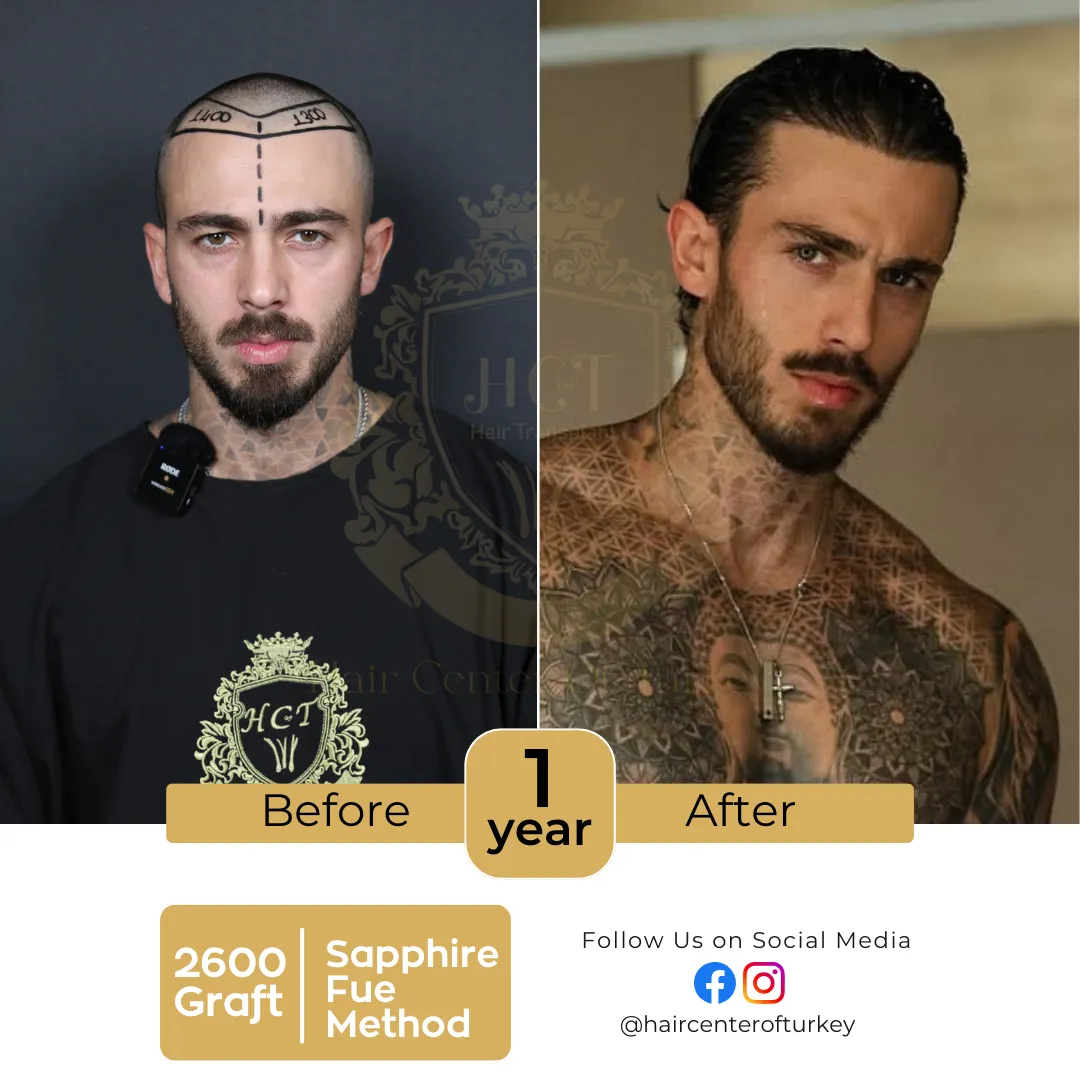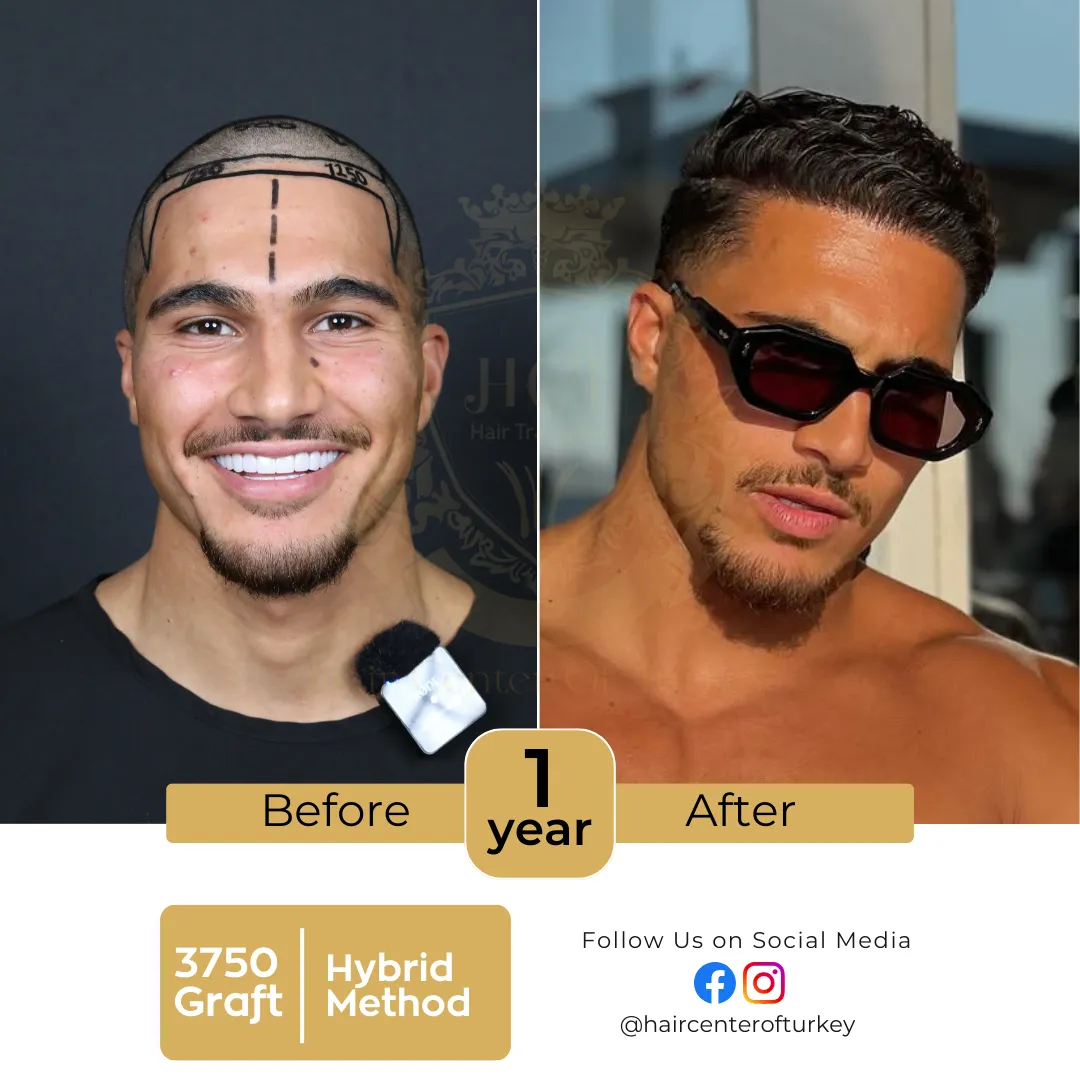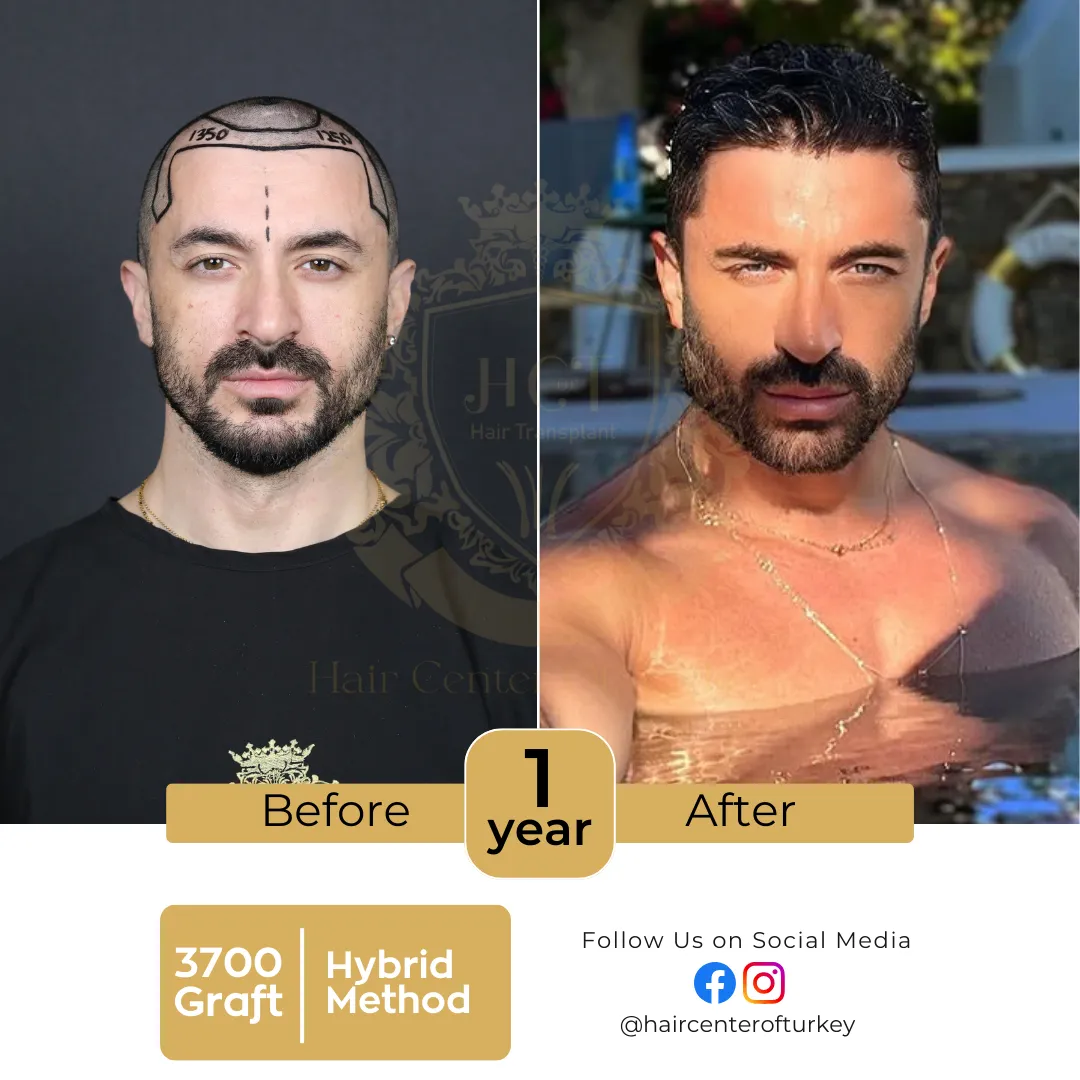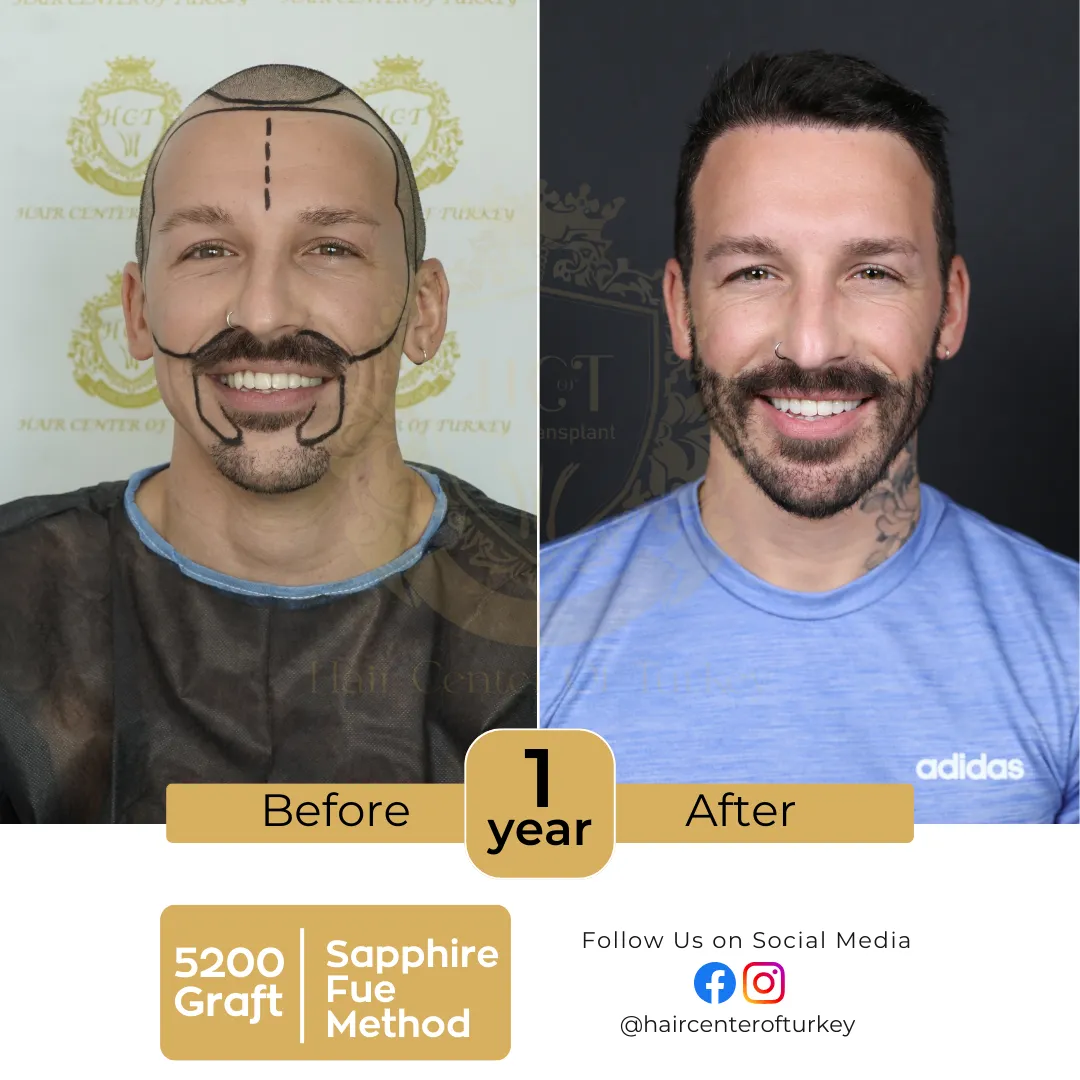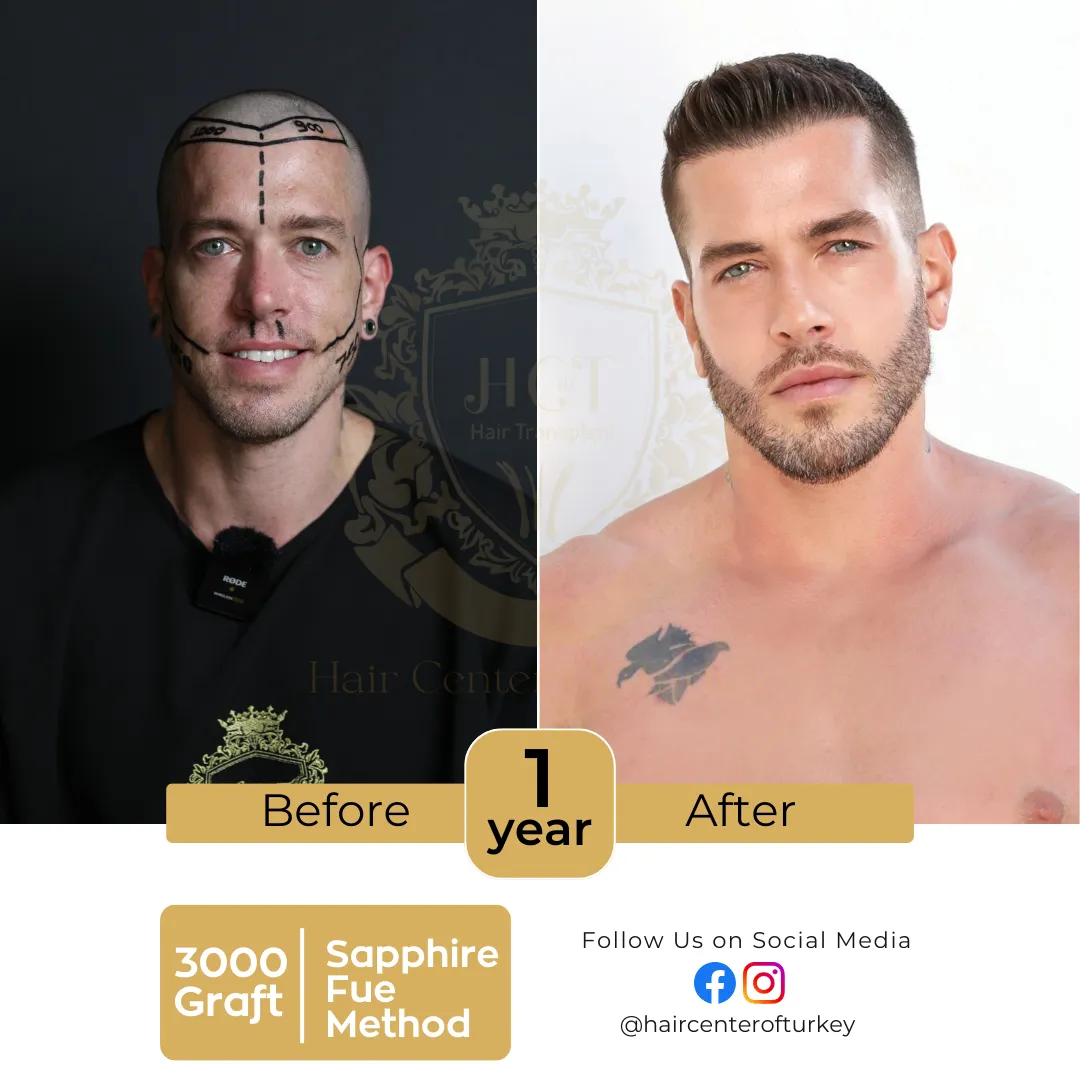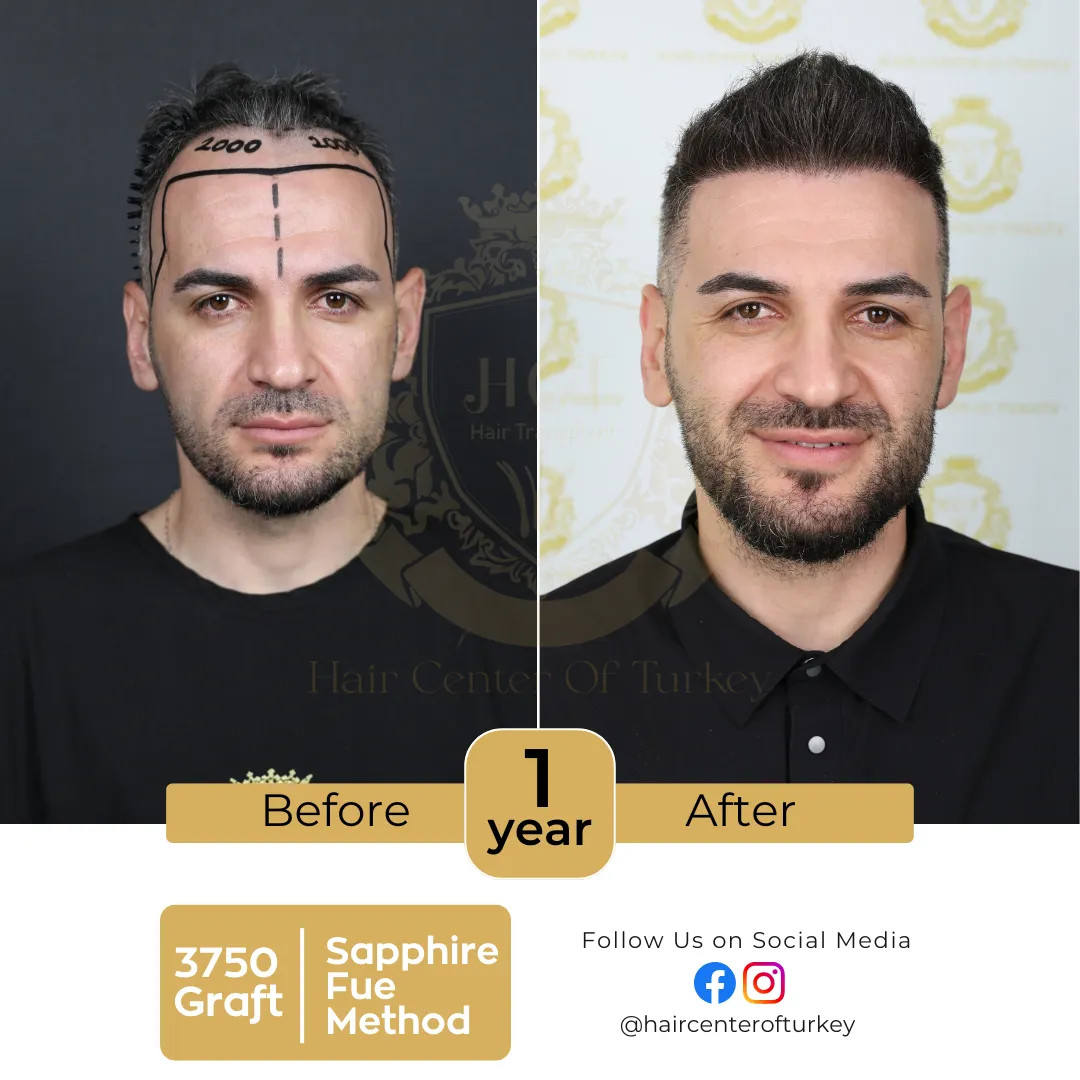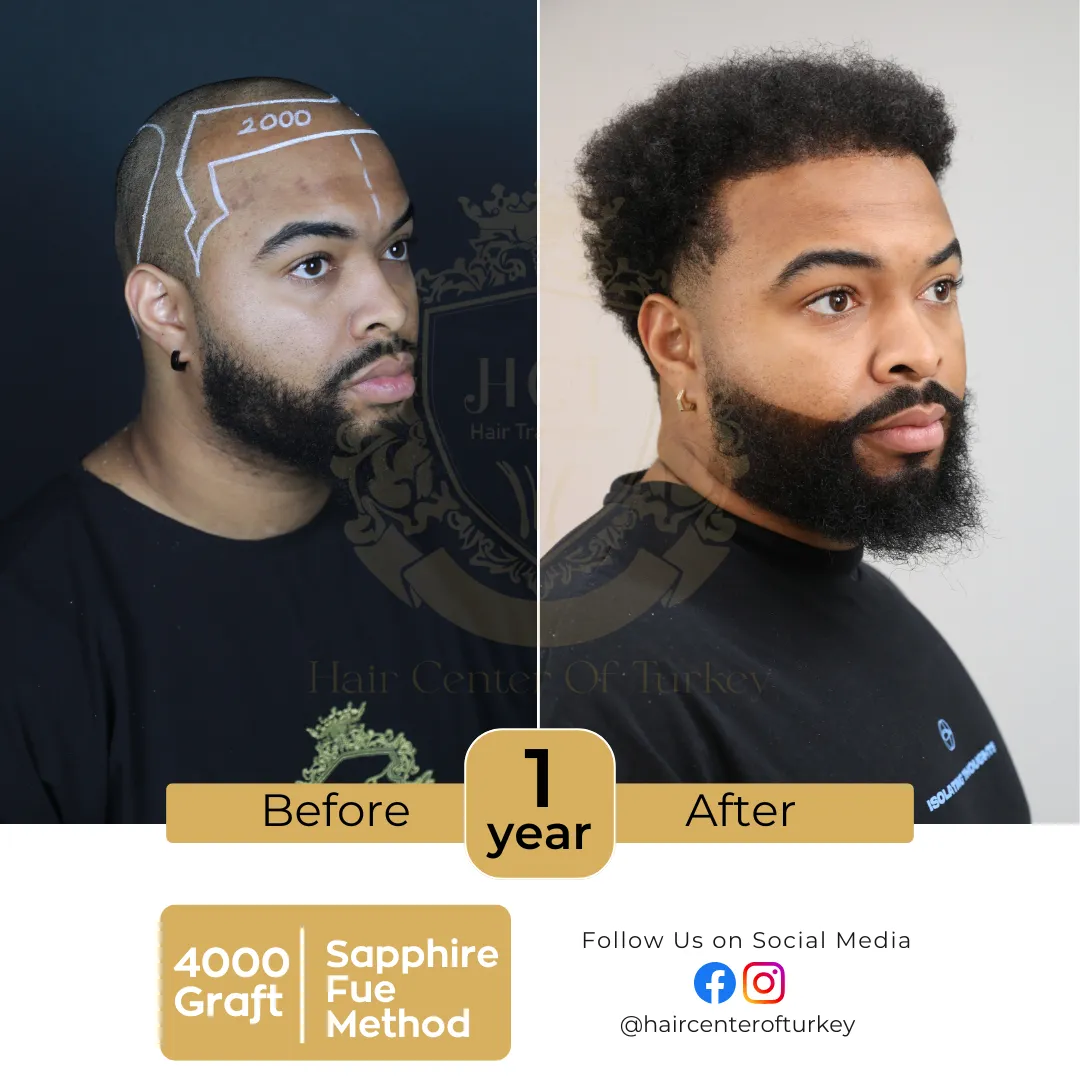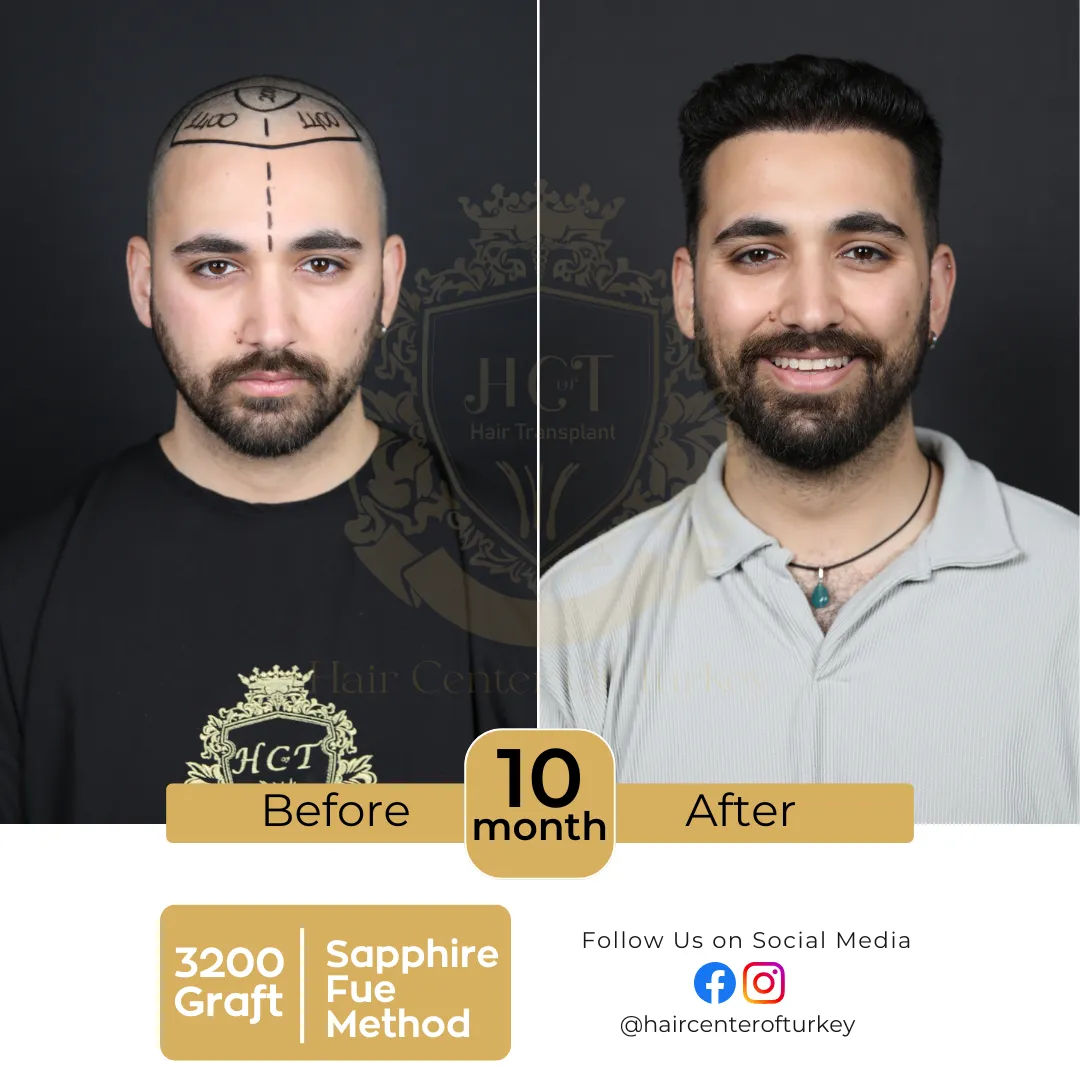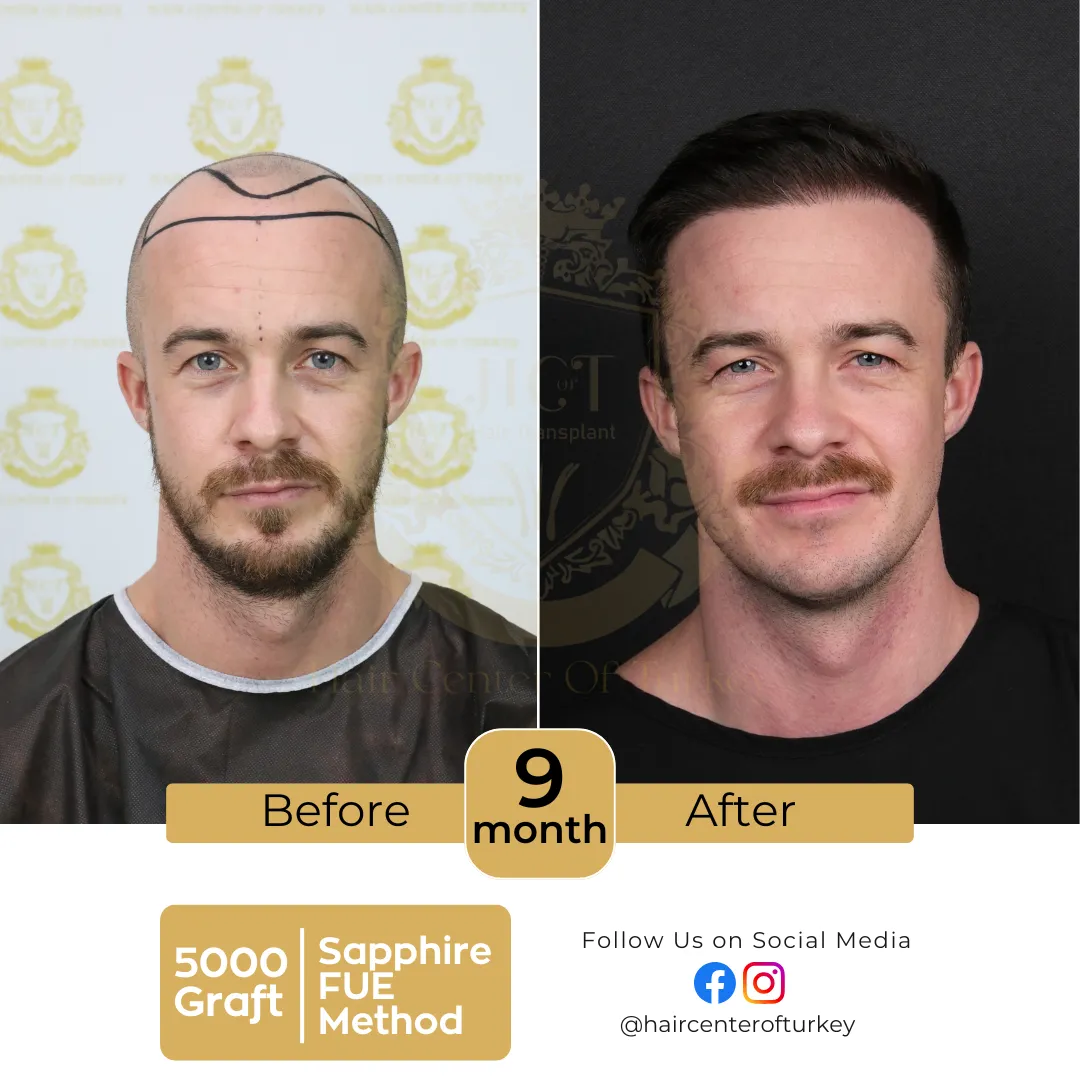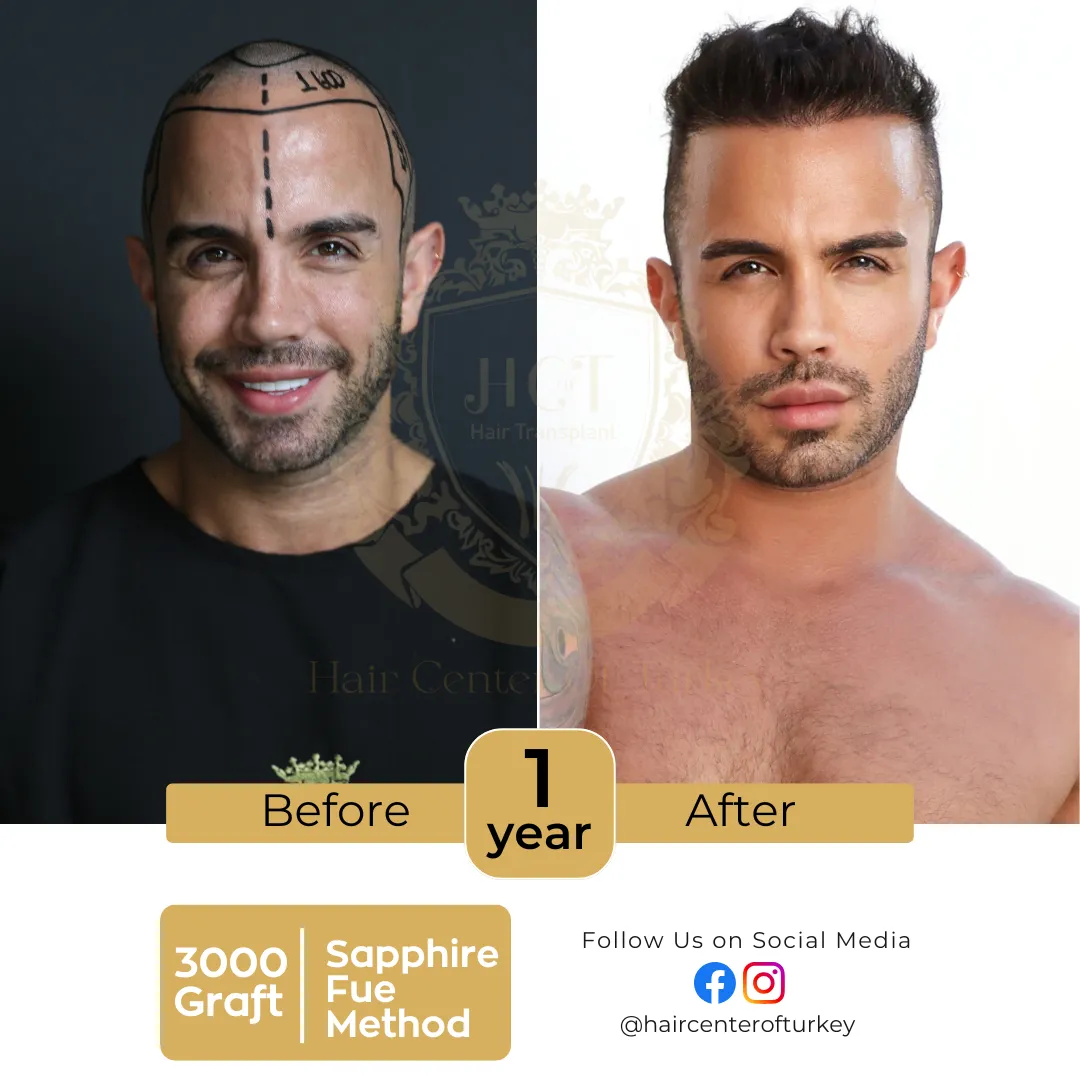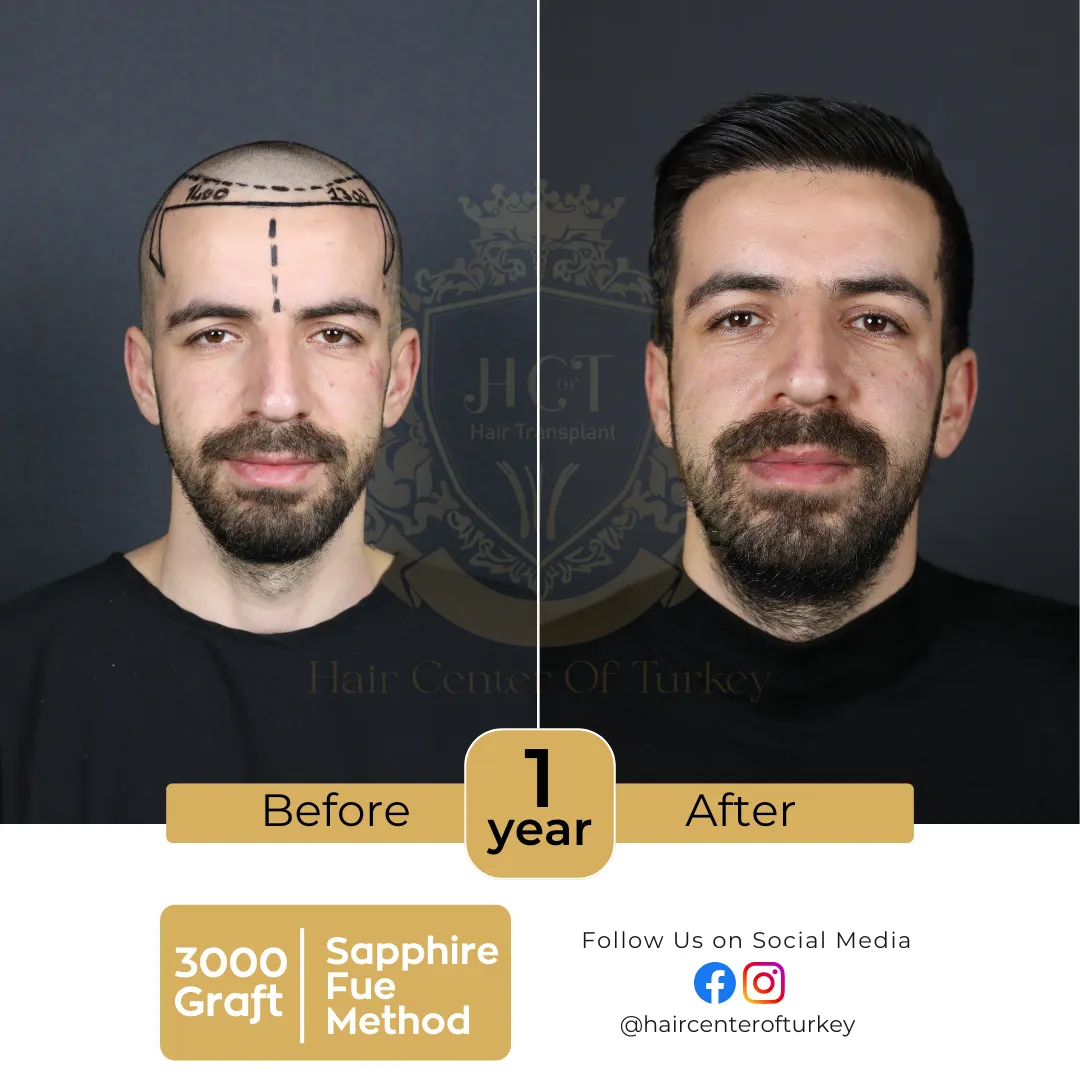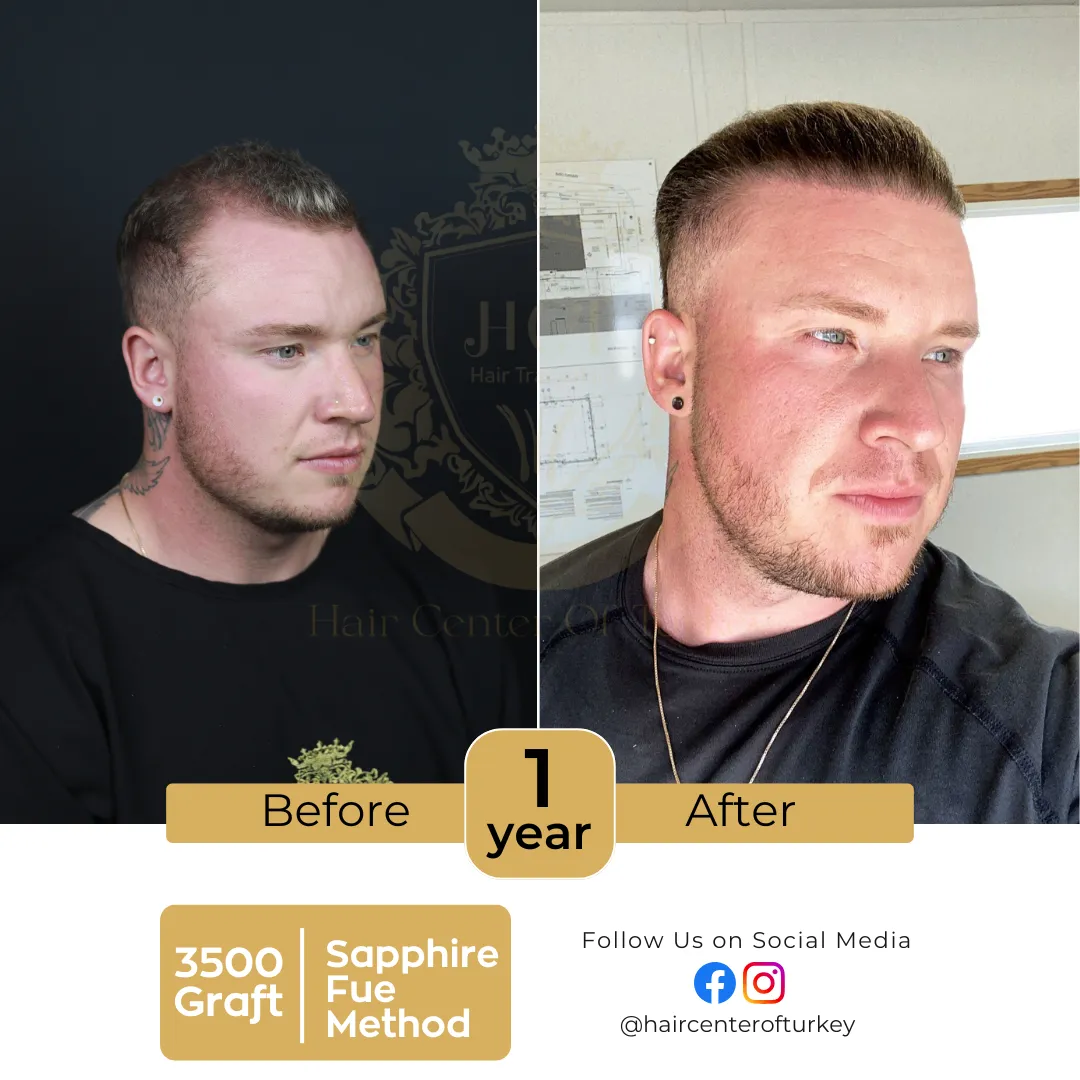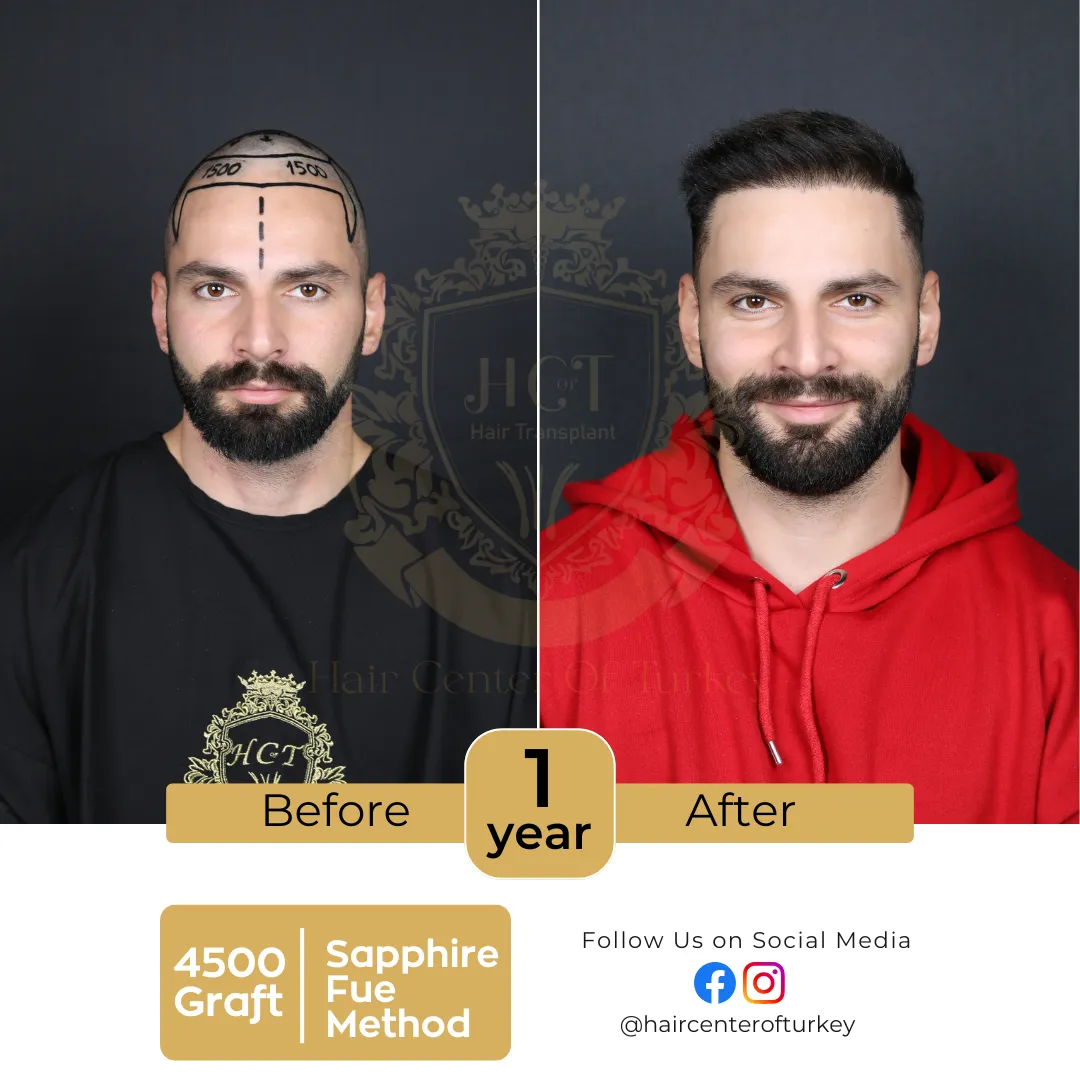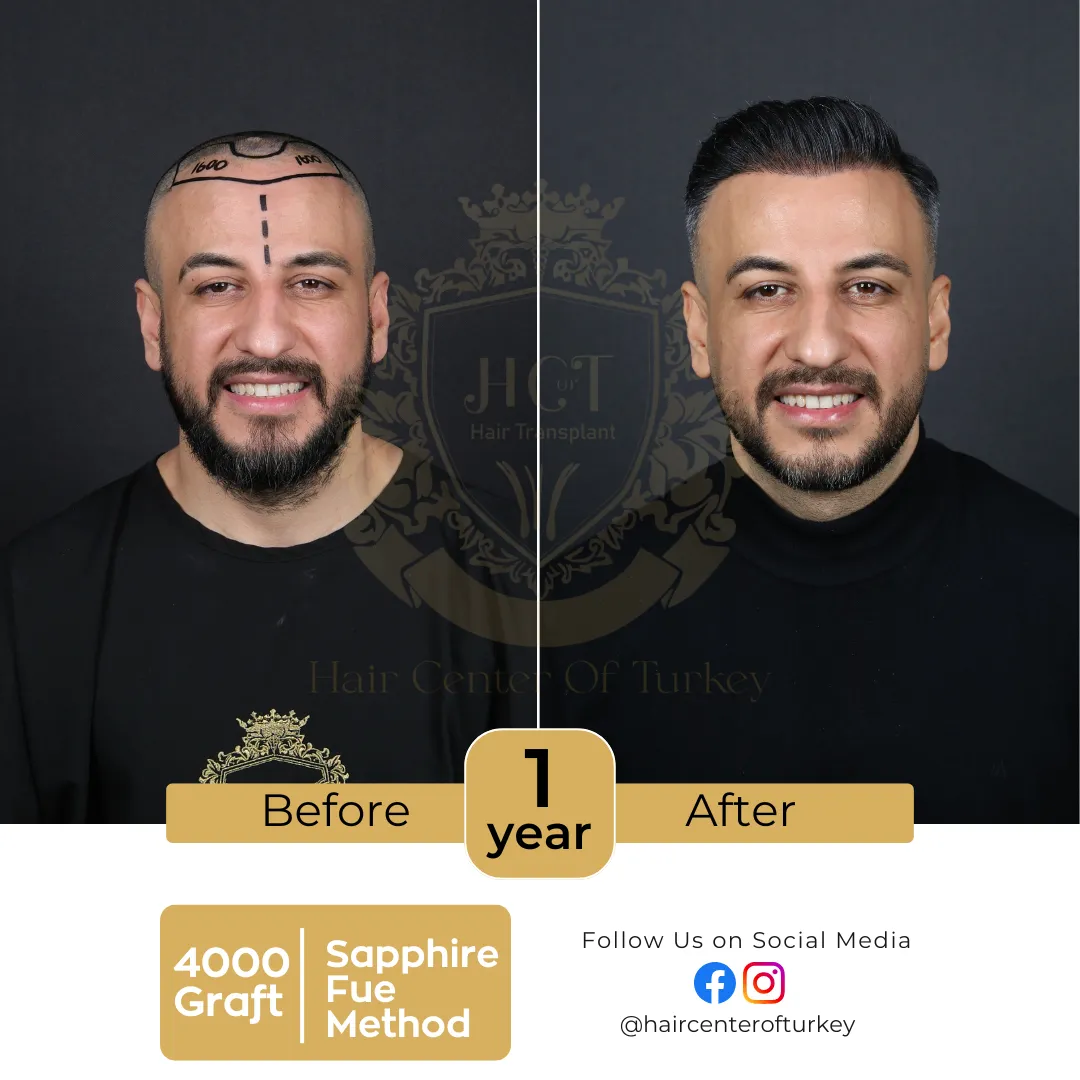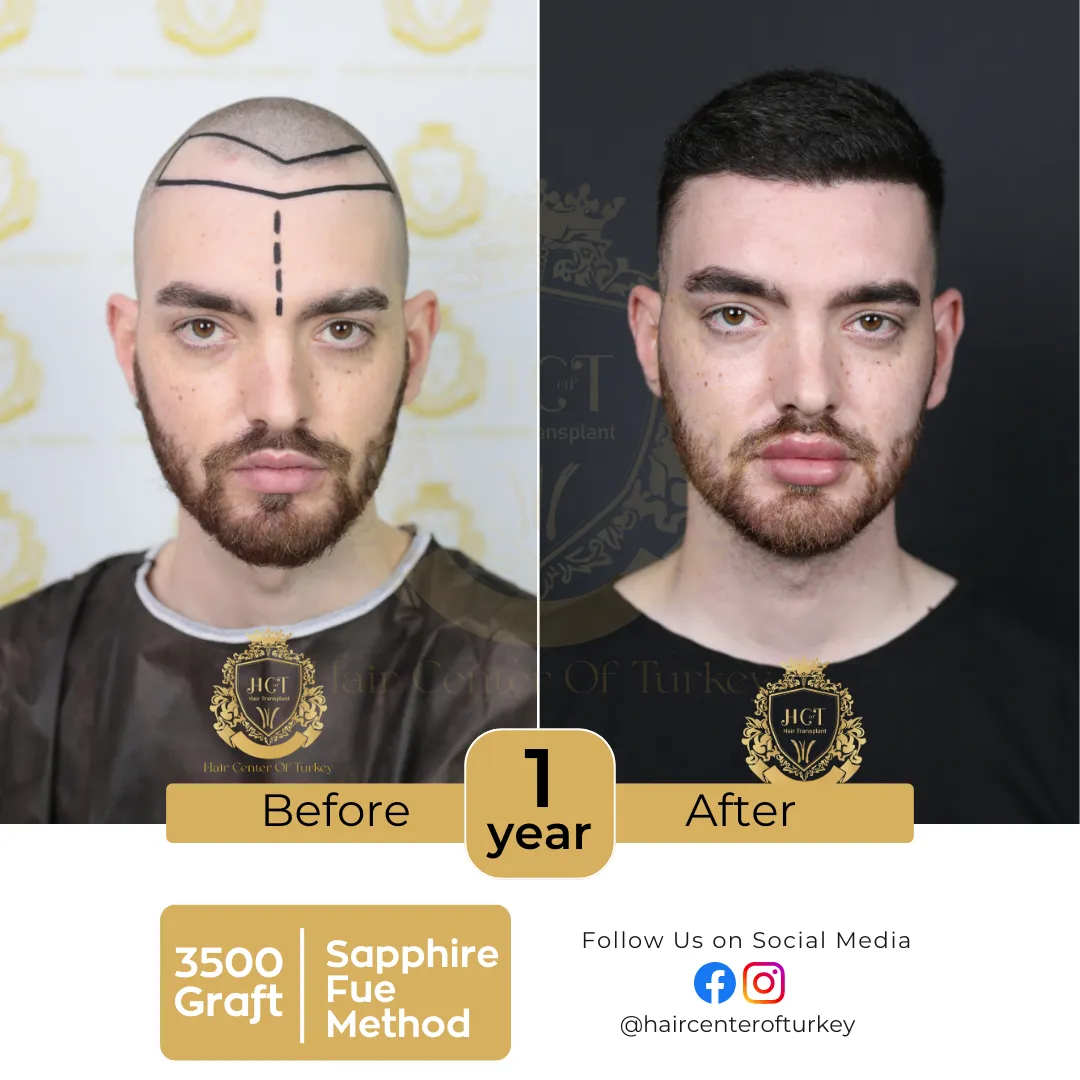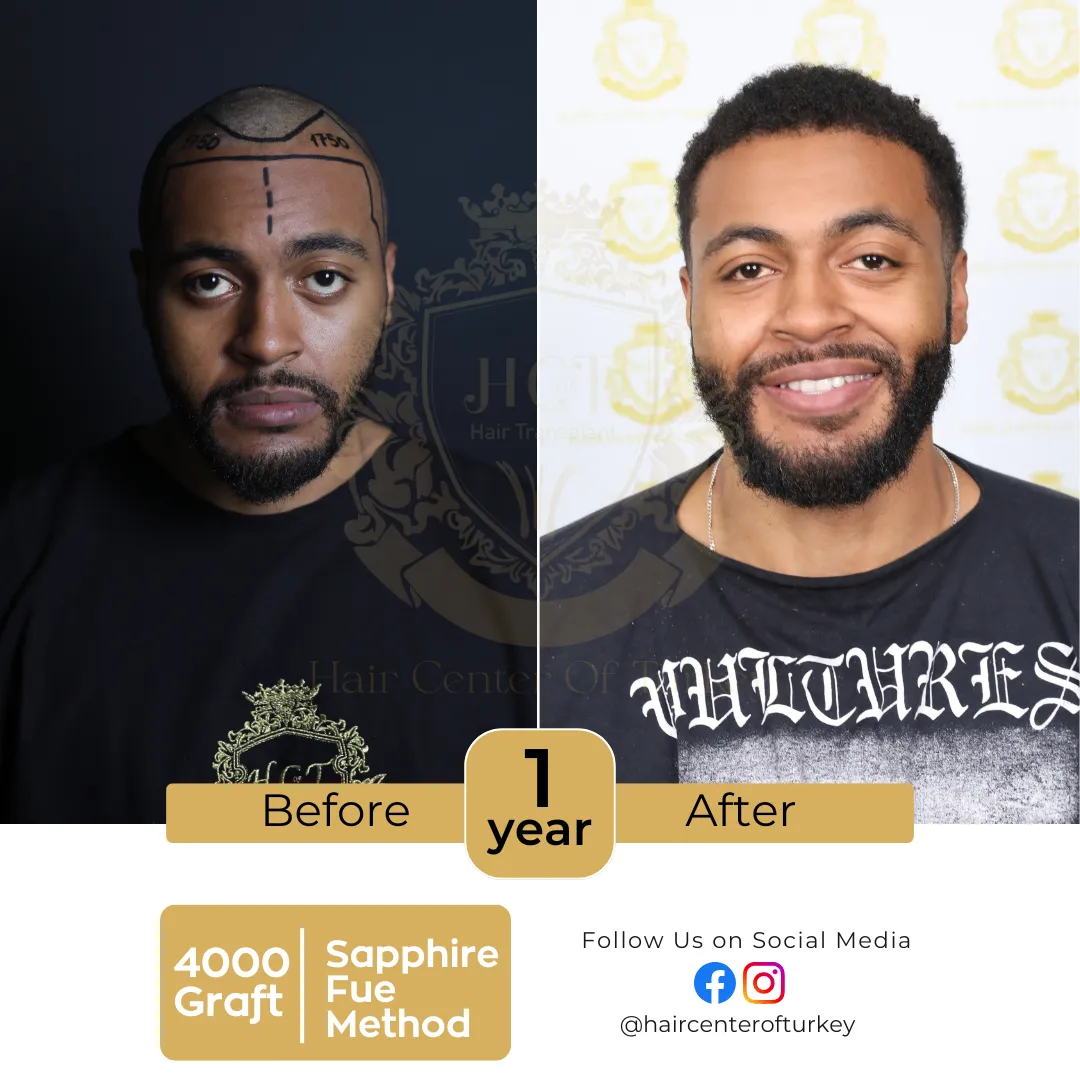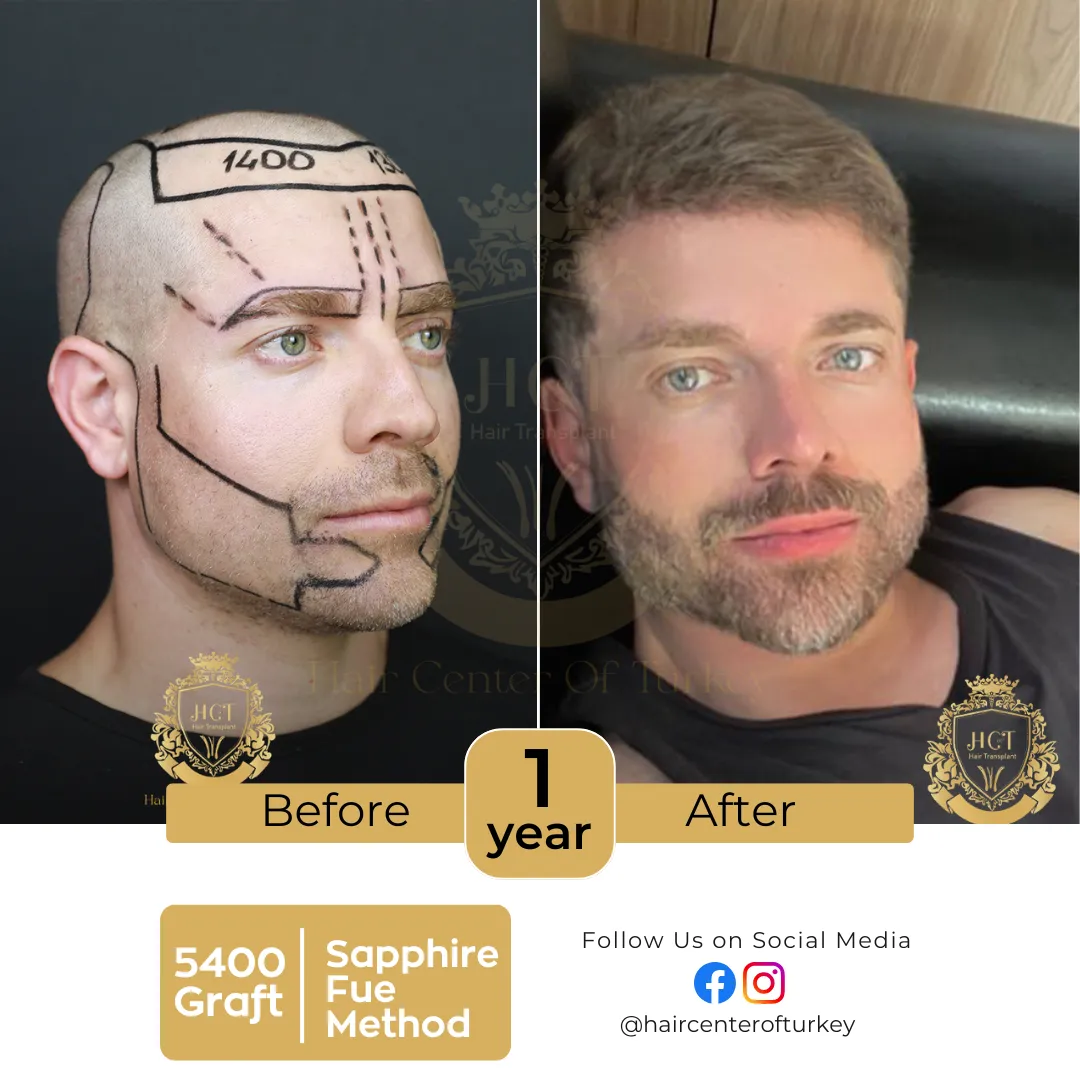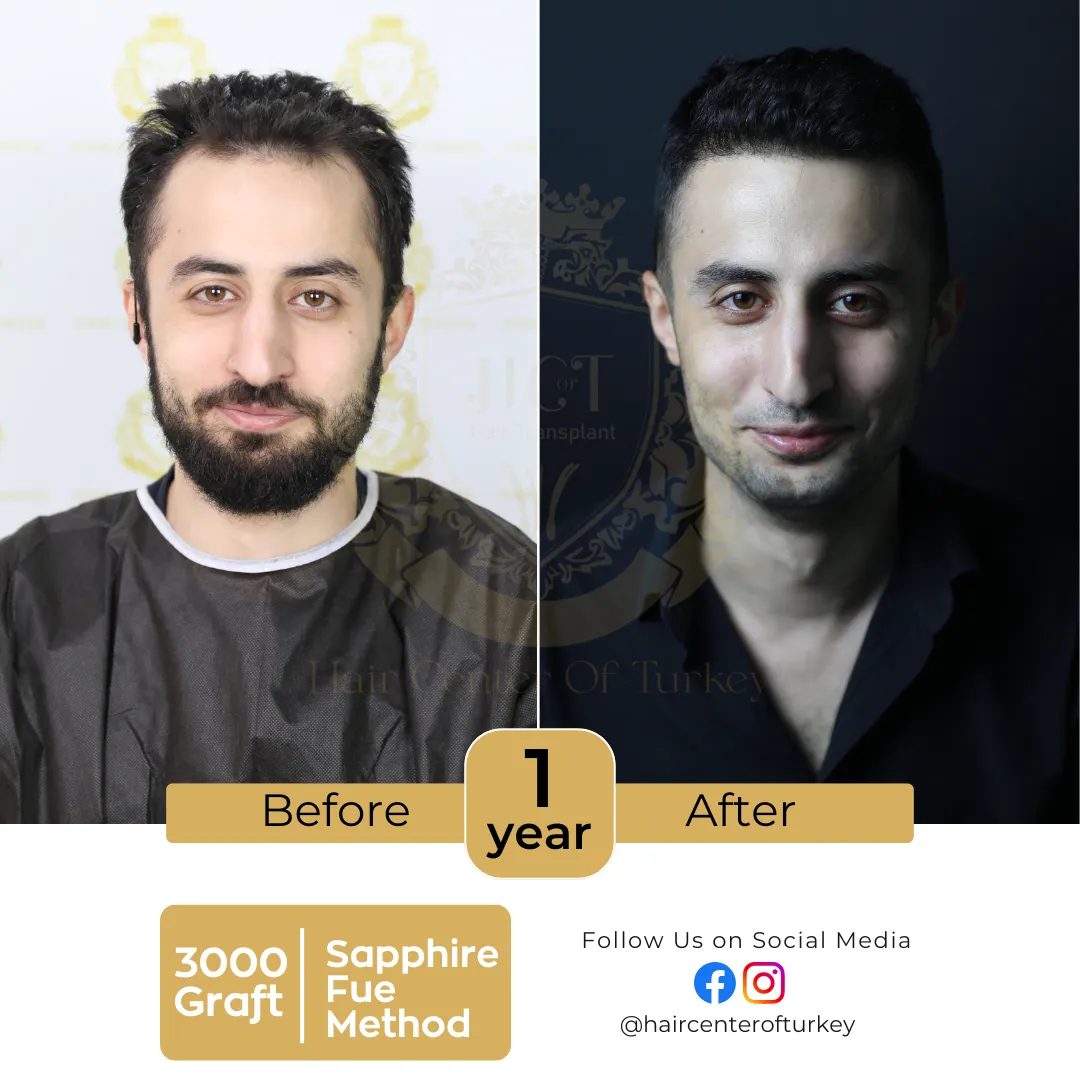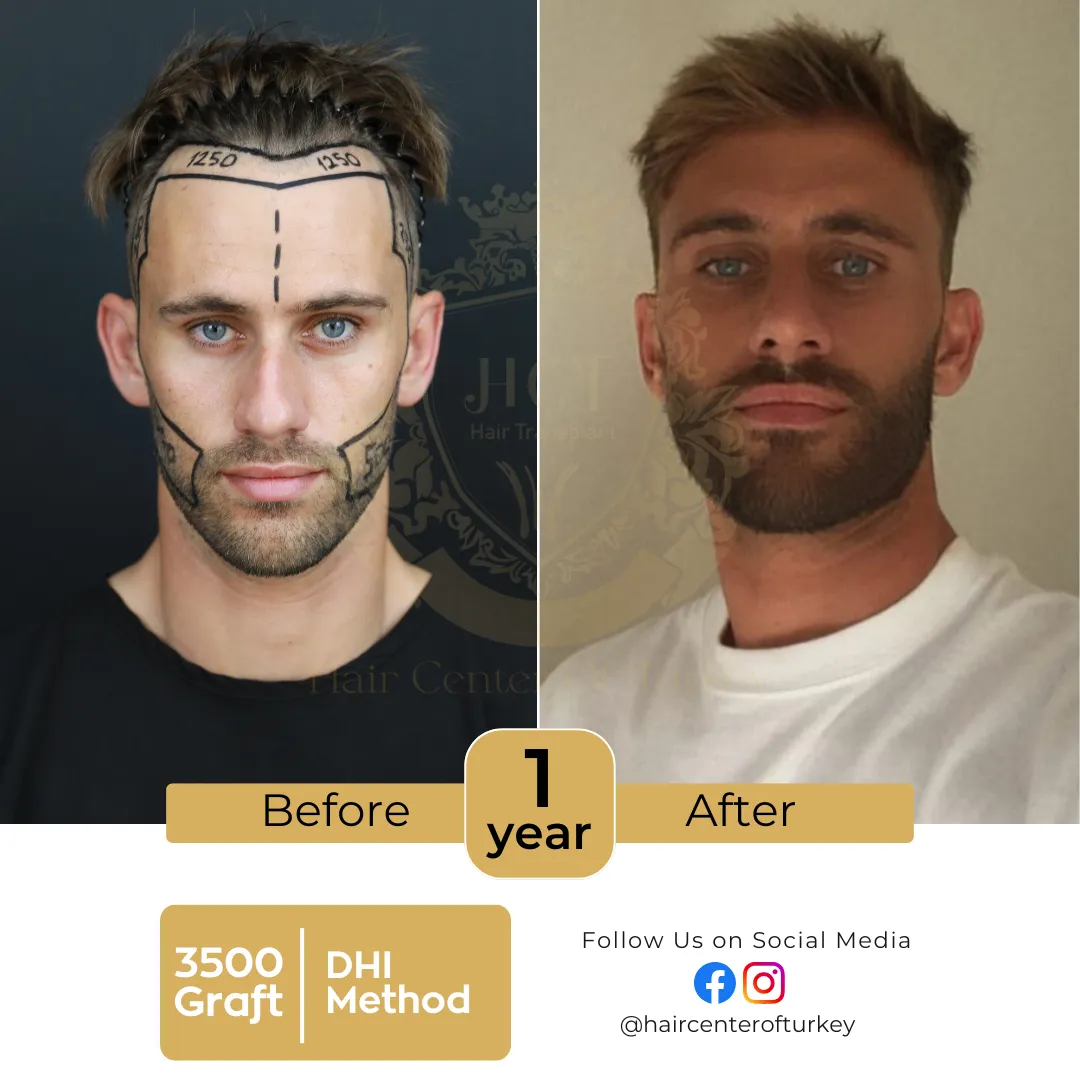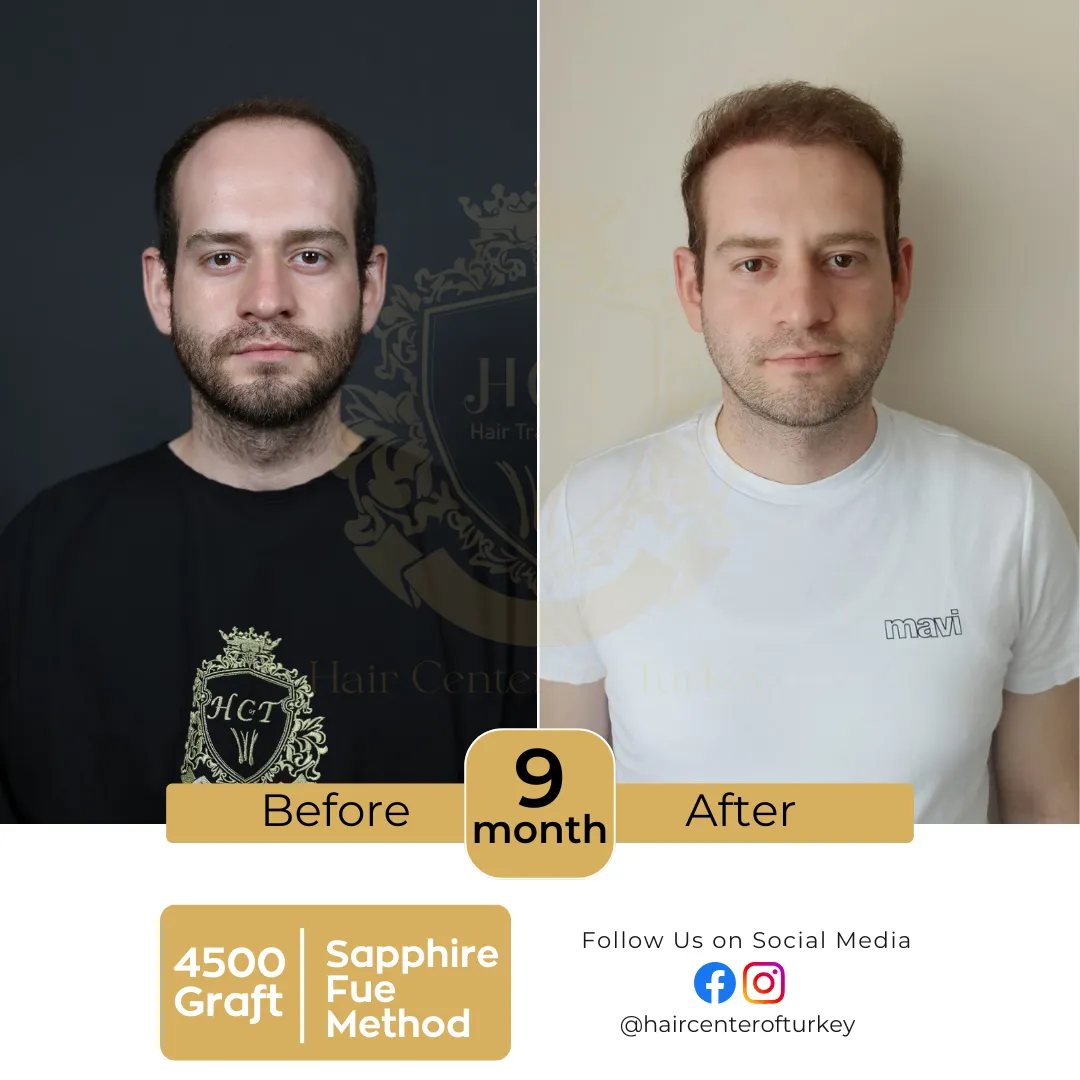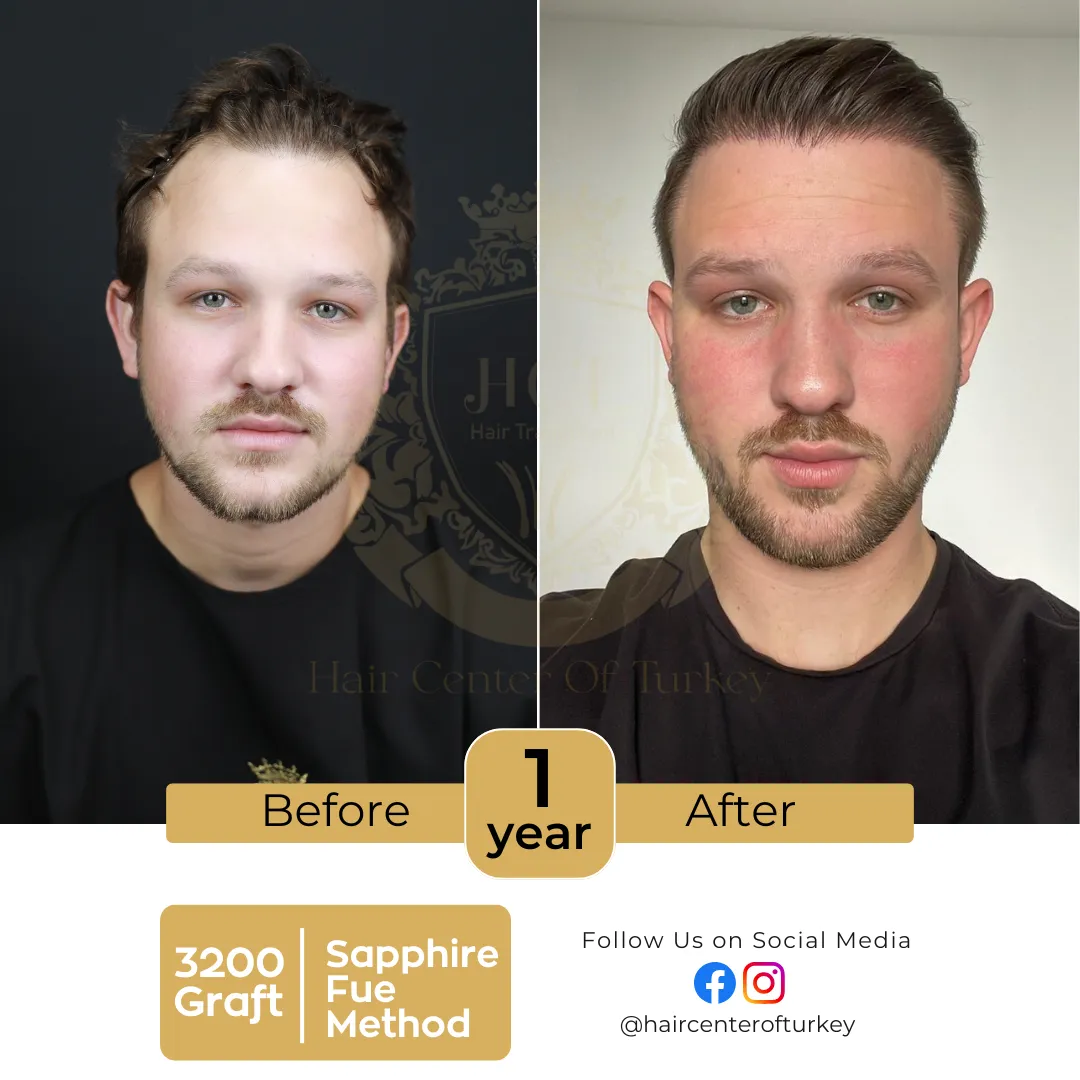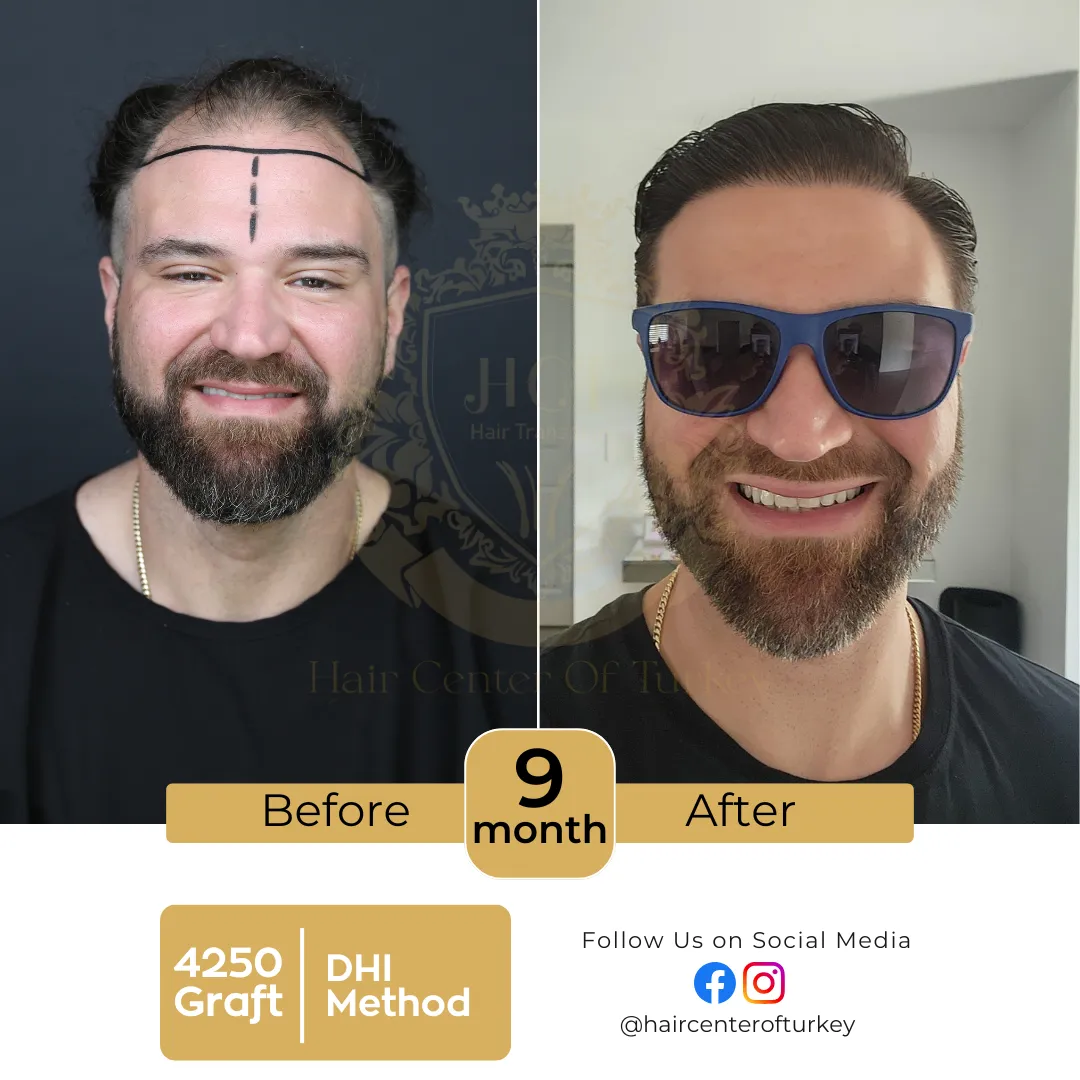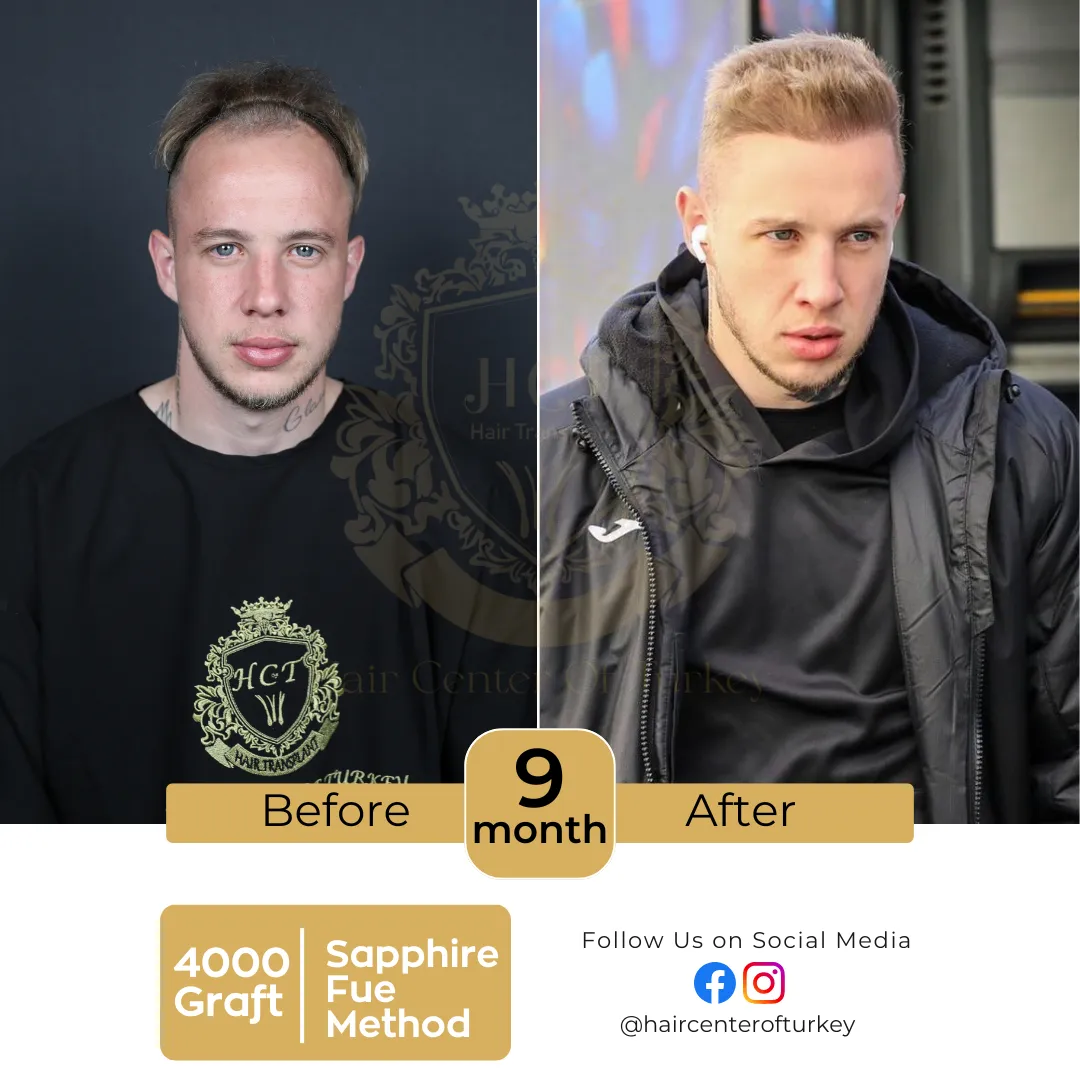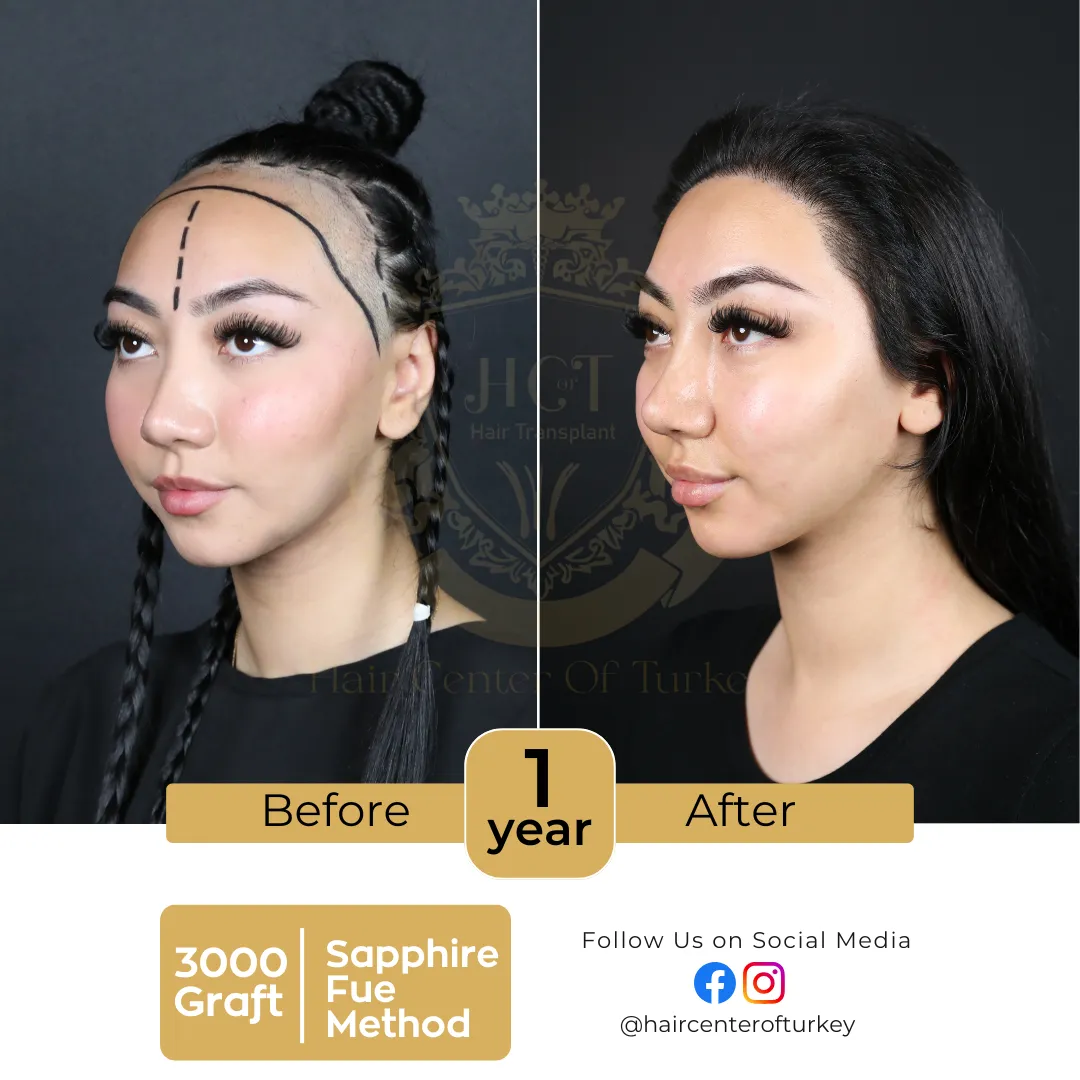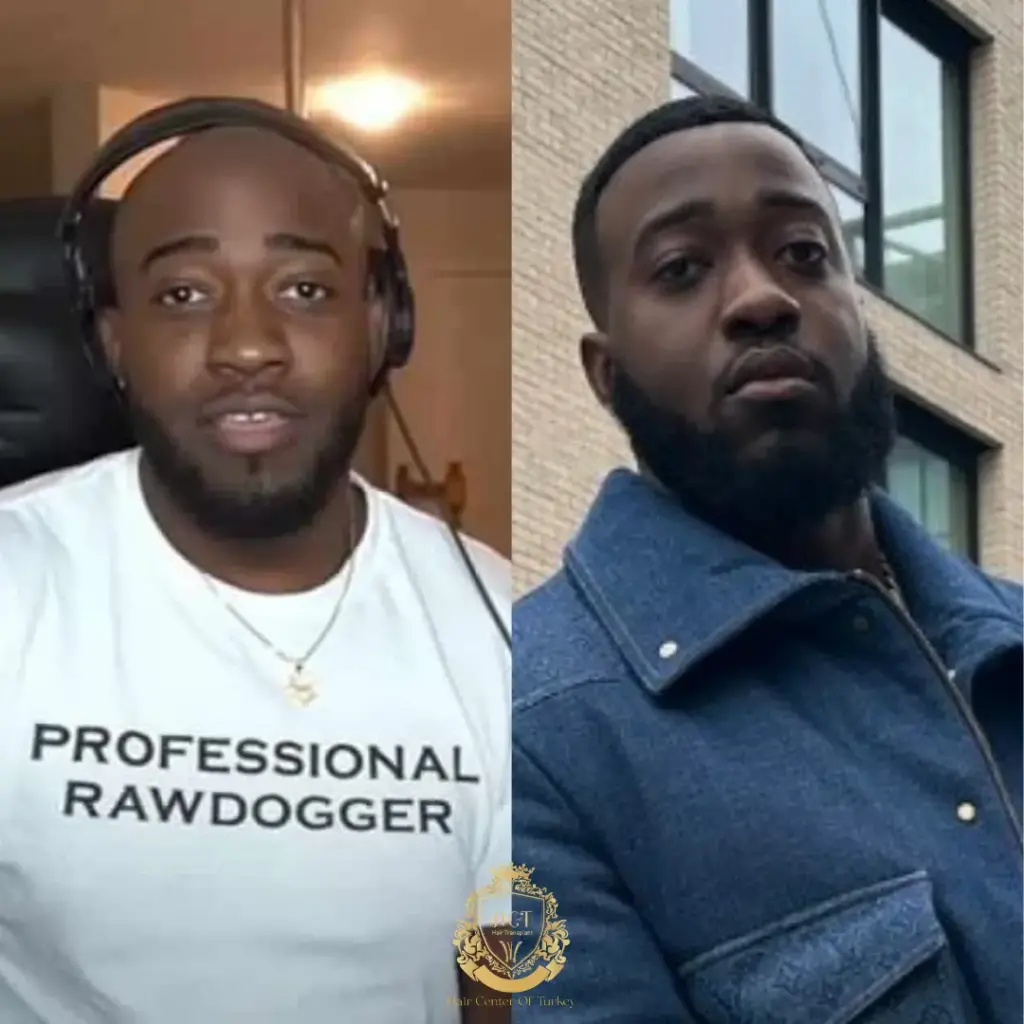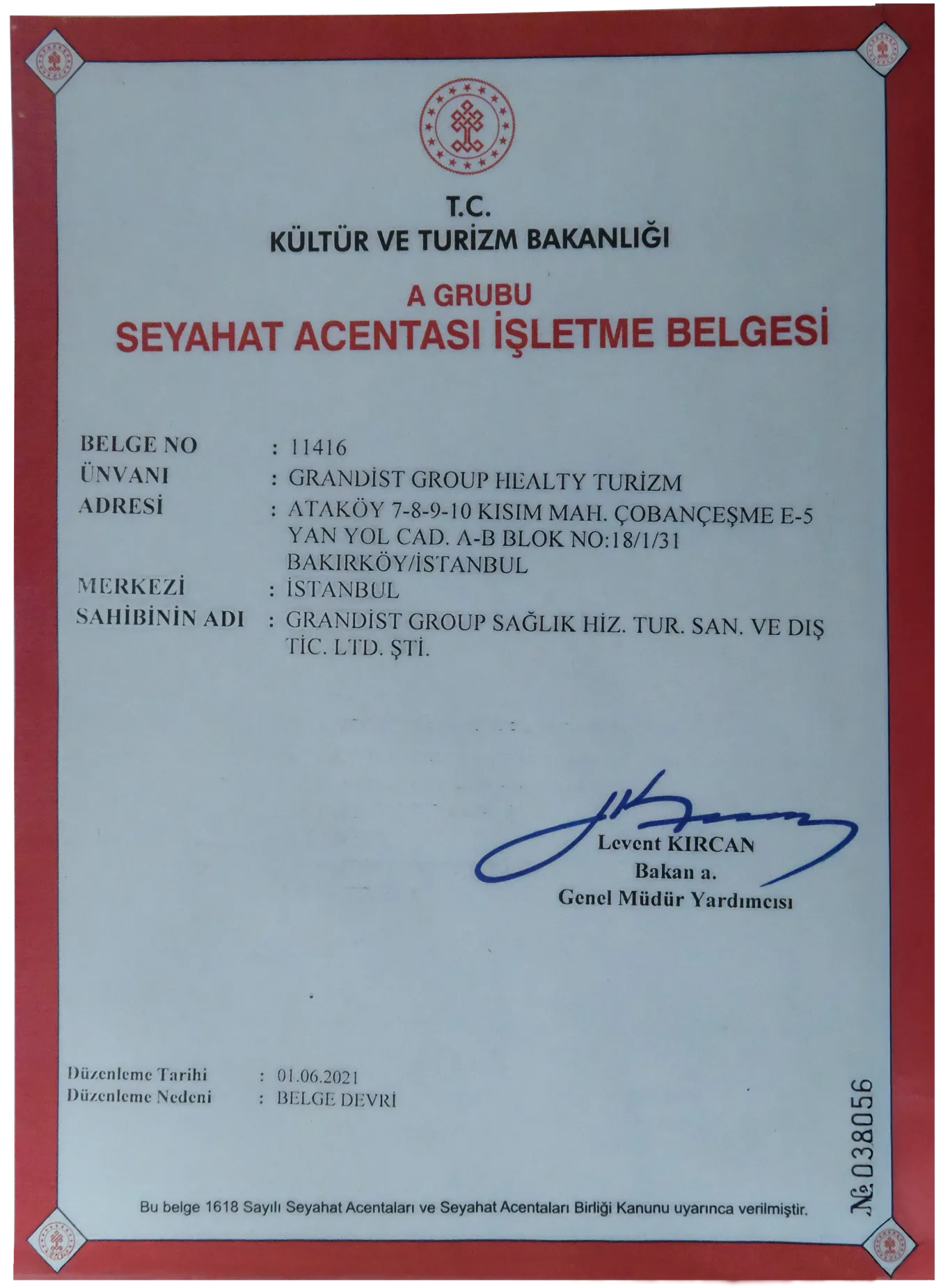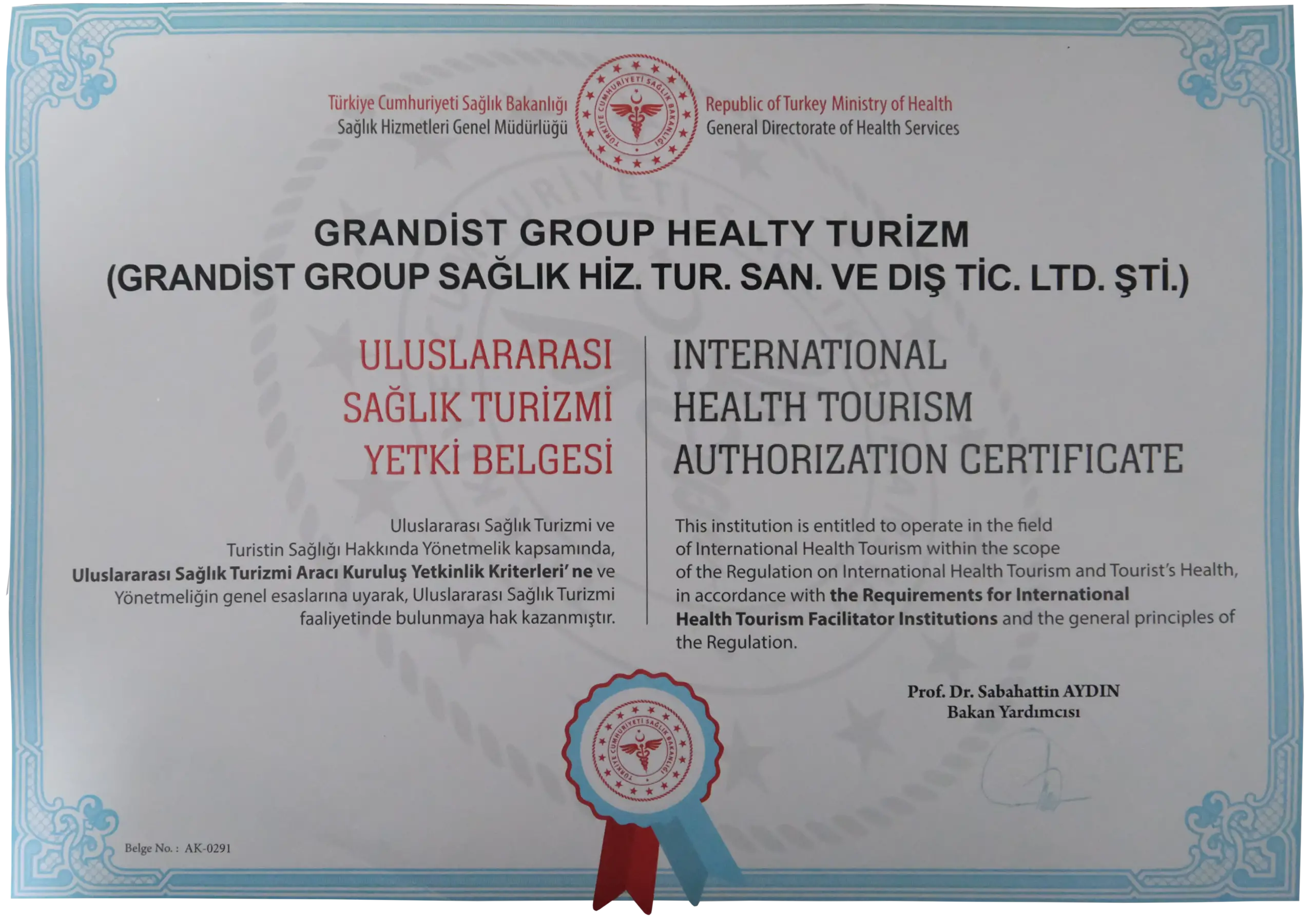Recovery Process After Hair Transplant
Hair transplant is an effective treatment method that offers both a popular and permanent solution for those who experience hair loss. However, one of the most important factors determining the success of this procedure is the care after hair transplant. Proper care both accelerates the healing process and ensures that you get the best result of the transplant process. After proper care, the results of your hair transplant can be permanent for a lifetime. In this article, we will talk about the healing process after hair transplant.
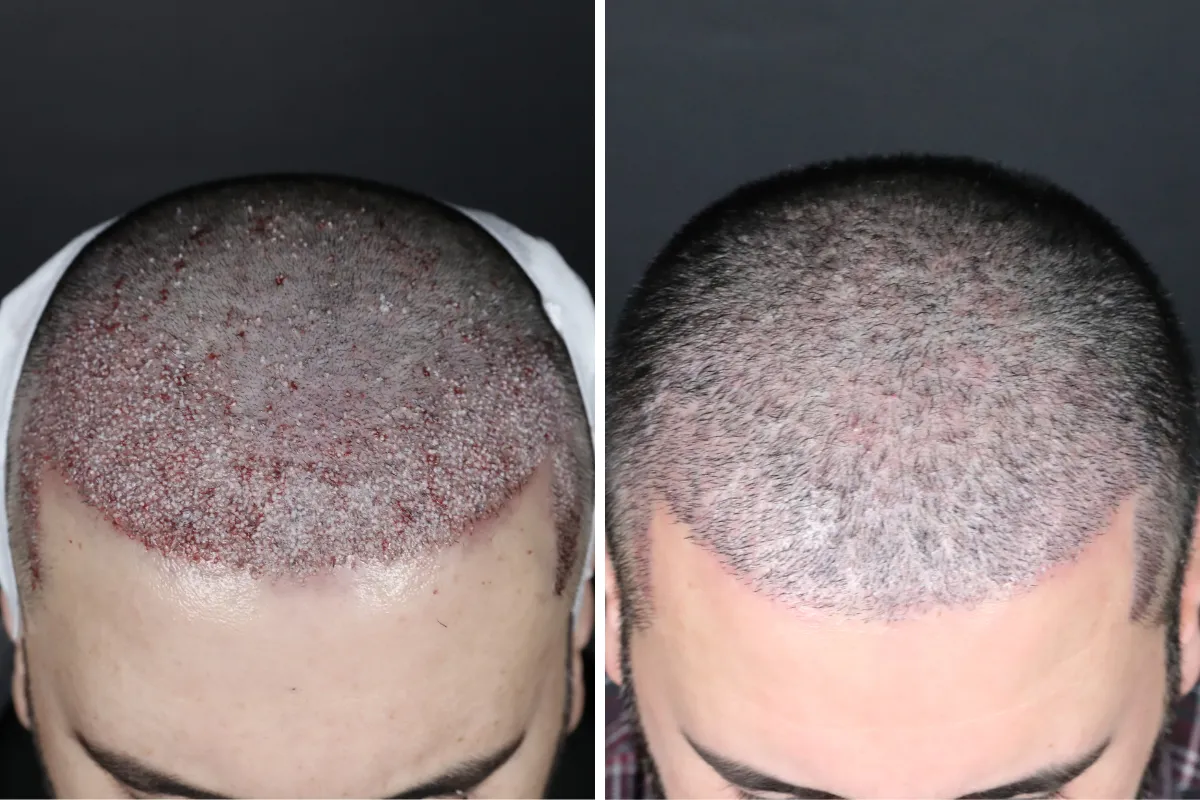
How Long Does Hair Transplant Recovery Take?
Knowing what to expect immediately after the hair transplant procedure is completed helps you to go through the process more comfortably. In particular, this also ensures that the hair transplant recovery process is completed quickly.
The healing process after hair transplant can take several months. However, significant improvement usually occurs within the first few weeks. After the procedure, you may experience symptoms such as mild swelling, discomfort and crusting, especially in the first few days. These symptoms usually resolve spontaneously within a week and the healing process progresses rapidly.
It is normal to experience a slight tenderness in the transplanted area in the first days, it is very important to rest and protect the area during this period. Crusting is part of the healing process of the newly transplanted hair follicles and these crusts fall off over time, helping the scalp to recover. Within a few weeks, these symptoms will disappear and your scalp will have a more normal appearance.
Following your doctor’s care instructions during this period can speed up the healing process. Using the recommended medications regularly, cleaning the area gently and applying cold compresses when necessary contribute greatly to this process. Each individual’s healing process is different. Therefore, it is important to be patient and follow your doctor’s advice.
Day 1 and Day 2: First Recovery Phase
During the first two days following surgery, you may experience mild swelling, redness and discomfort in the hair transplant area. These symptoms are a normal part of the healing process and usually disappear within a few days. During this period, it is extremely important to rest your scalp and allow it to heal. Try to get plenty of rest and avoid stressful activities.
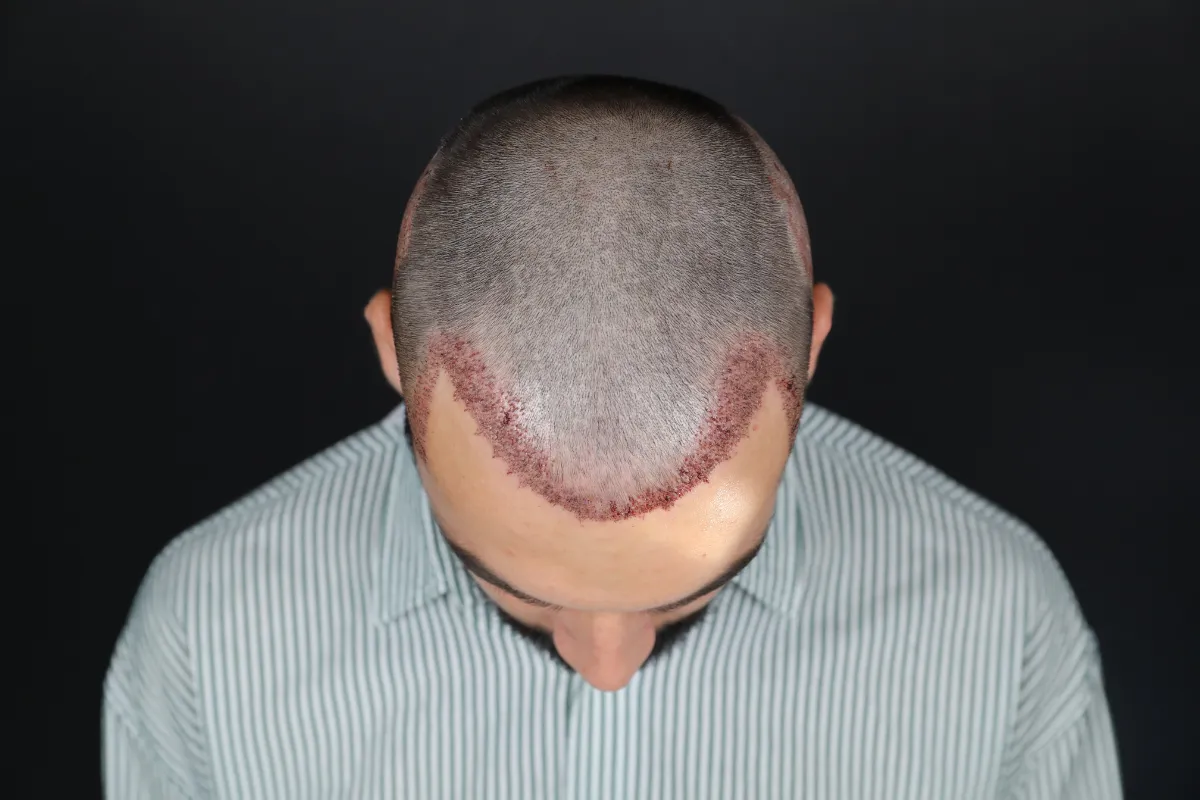
Day 3 and 4 Pain and Discomfort Management
On the third and fourth days, the mild discomfort of the first days may become a little more intense. During this period, your doctor may recommend over-the-counter painkillers to ease the pain. You may also need to wash your hair for the first time after the hair transplant procedure. This washing process should be done carefully without damaging the hair follicles, in accordance with the special shampoos and instructions recommended by your doctor.
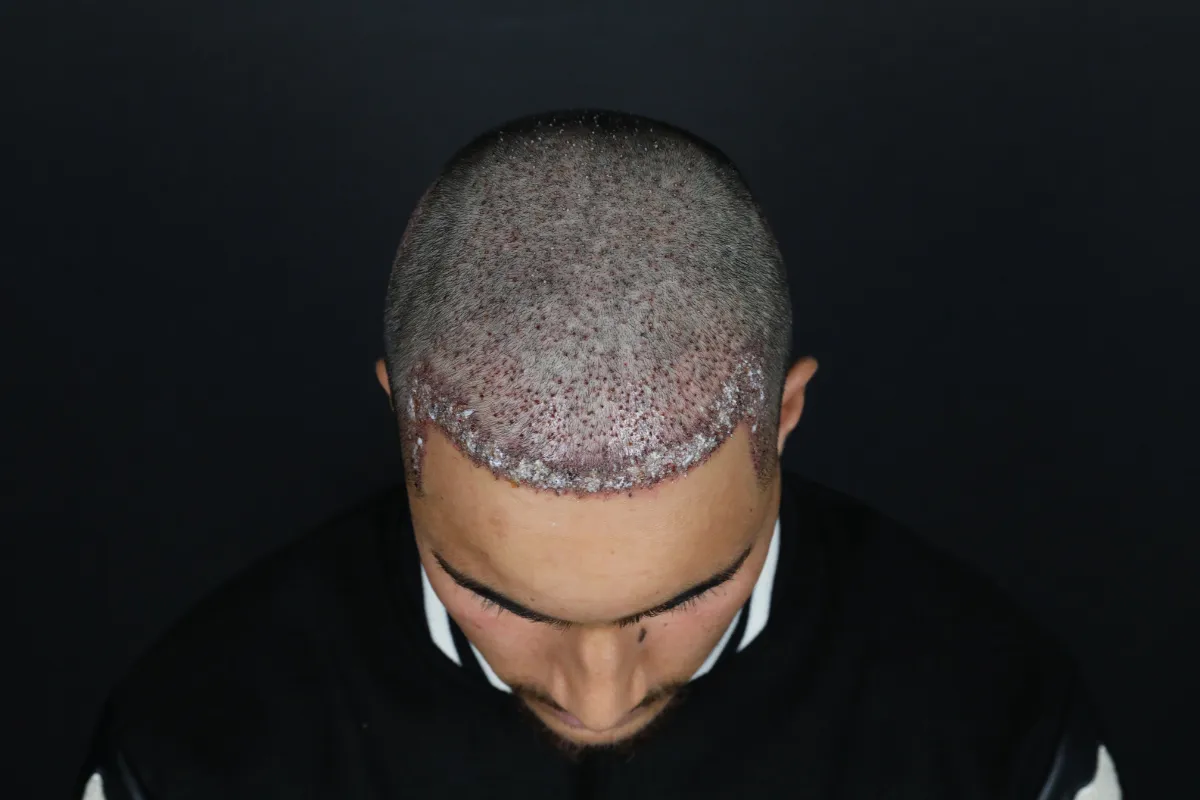
Day 5 and 6: Crusting and Formation of Scabs
Approximately 5-6 days after the hair transplant, you may notice crusting and small blisters around the transplanted hair follicles. This is a completely normal and expected stage of the healing process. During this period, you should gently wash your scalp and allow the crusts to slowly loosen. You may feel itchy, but you should avoid scratching your scalp or picking at the scabs. Such interventions can damage the hair follicles and negatively affect the healing process.

Day 7 Reduction of Crusts and Slight Shedding
By the seventh day of healing, most of the scabs will have fallen off and there will be a slight pinking of your scalp. You may also notice a small amount of hair loss from the transplanted area. This shedding is part of your hair’s natural growth cycle. As the transplanted follicles adapt to their new environment, the old hair will fall out and be replaced by permanent and healthy hair.
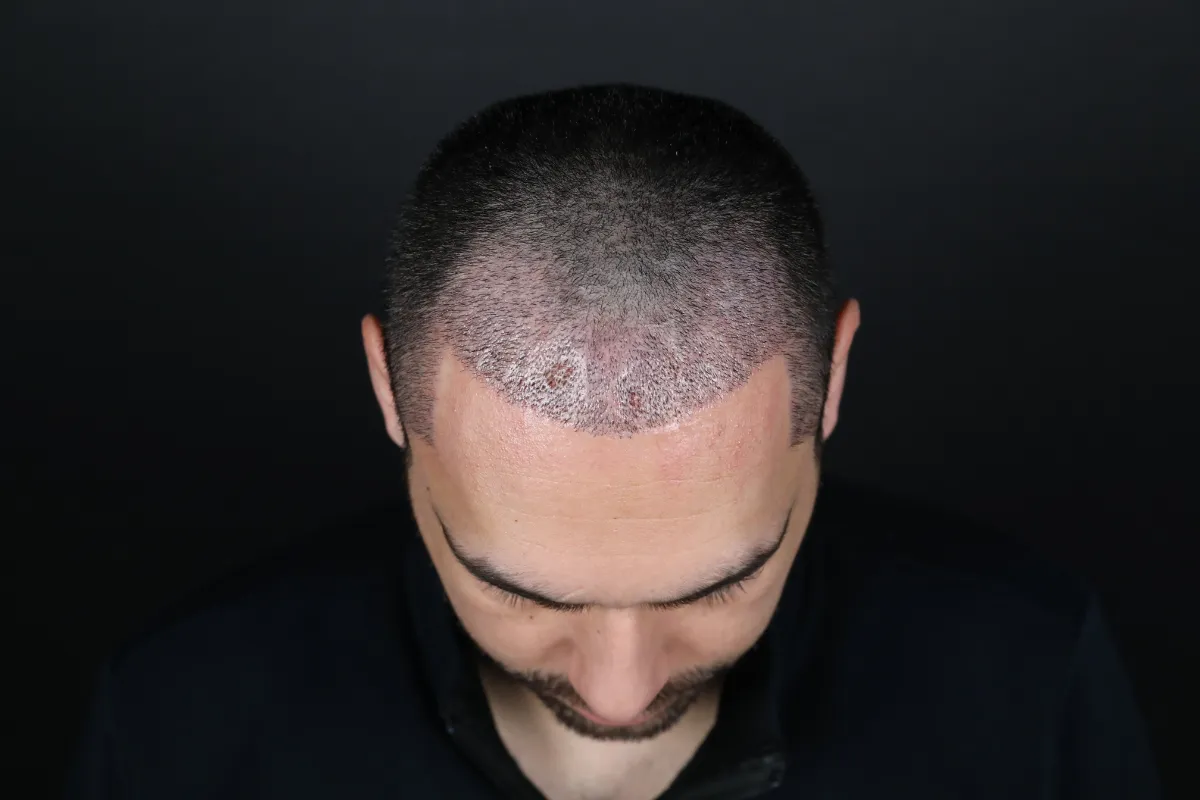
What to Do in the First 10 Days After Hair Transplant?
In the first 10 days after hair transplant, it is very important to follow a special washing routine and sleep in the correct position to support the healing process and achieve the best results. During this period, you should gently prepare your scalp using the special lotion or oil recommended by your doctor. You should apply the product to the transplanted area with soft touches with your fingertips. When applying the lotion or oil, you should avoid rubbing movements and distribute it with light movements up and down. After allowing the product to stay on your scalp for 15-20 minutes, you should rinse with warm water. You should take care that the water temperature is not excessive and that the water comes with a gentle flow.
The use of shampoo is also important at this stage. After wetting your hair, lather the recommended shampoo in your hands and apply it to the transplant area with gentle touches. Again, avoid rubbing movements and distribute the shampoo with light hand movements up and down. You can use the same gentle strokes for the hair in the donor area. When rinsing your hair, you should use lukewarm water and be careful when drying. Avoid rubbing with a towel and do not use a hair dryer. Instead, it is best to let your hair dry naturally.
After washing, you can increase blood circulation by gently massaging the transplanted area. You can reduce itching by treating the hair in the donor area with the same care and applying lotion or oil. During this period, if possible, washing twice a day (morning and evening) can speed up the healing process and help you get better results. This careful care process supports your recovery after hair transplant and contributes to the healthy growth of your new hair.

First 2 Weeks:
Within two weeks after surgery, the healing process will be largely advanced. While the swelling is greatly reduced, the scabs begin to fall off naturally in the hair transplant area. There may still be slight redness during this period. The newly transplanted hair grafts remain dormant during this period, meaning that growth does not occur immediately.
1-4 Months:
The transplanted hair may fall out within a few weeks. This shedding makes room for new and healthier hair to grow. By the end of the fourth month, thin and delicate strands of new hair may begin to appear. However, you will need to be patient for these new hairs to reach their full thickness and texture.
4-8 Months:
During this period, you will start to see more noticeable progress in the hair transplant results. The new hairs will gradually become thicker and more visible. At this stage, you will get a clearer idea of the final shape of your hair. During this period, it is important to follow the care instructions recommended by your doctor, as proper care contributes significantly to healthy hair growth.

8-12 Months:
Between the eighth and twelfth month, you will start to see significant improvements in your hair. The transplanted hair continues to grow and its texture becomes more defined. These positive changes give your hair a fuller and more natural appearance. By the end of the first year, you can see the full results of your hair transplant. In this way, your hair will have reached its natural thickness and appearance.
Being patient and applying the right care during this process ensures the best results of hair transplantation. Slowly but steadily, your hair will regain its natural and healthy appearance.

Hair Transplant Aftercare
Following your doctor’s instructions carefully after a hair transplant is critical for a successful recovery. Here are some important tips to consider for aftercare after a hair transplant:
Gentle Cleaning: Keeping your scalp clean is important for a healthy healing process. However, you should be gentle when washing your hair. Avoid shampoos with harsh chemicals and avoid rubbing your scalp. During this period, you should only use products recommended by your doctor.
Avoid Heavy Physical Activity: For at least one month after surgery, you should avoid heavy physical activity and any movement that may damage the transplanted grafts. This contributes to a smooth healing process and supports the healthy attachment of the transplanted hair.
Protect from the Sun: You should protect the hair transplant area from direct sunlight for at least three months. When you need to go outside, always wear a hat to protect the transplant area from the harmful effects of the sun. This will both help your skin heal and prevent damage to the transplanted hair follicles.
Adopt a Healthy Lifestyle: Eating a balanced diet, drinking plenty of water and getting enough sleep supports both your overall recovery and the healthy growth of your hair. Make sure your body gets the nutrients it needs, which will help your newly transplanted hair grow strong and healthy.
Keep Follow-up Appointments: Be sure to attend all your scheduled follow-up appointments. These appointments allow your doctor to monitor your healing process and detect potential problems early. Also, do not hesitate to ask any questions you may have during these appointments.
By following these simple but effective steps after hair transplant, you can get through your recovery process smoothly and achieve the best results. Follow this process patiently and diligently to achieve healthy and strong hair.
F.A.Q. (Frequently Asked Questions)




